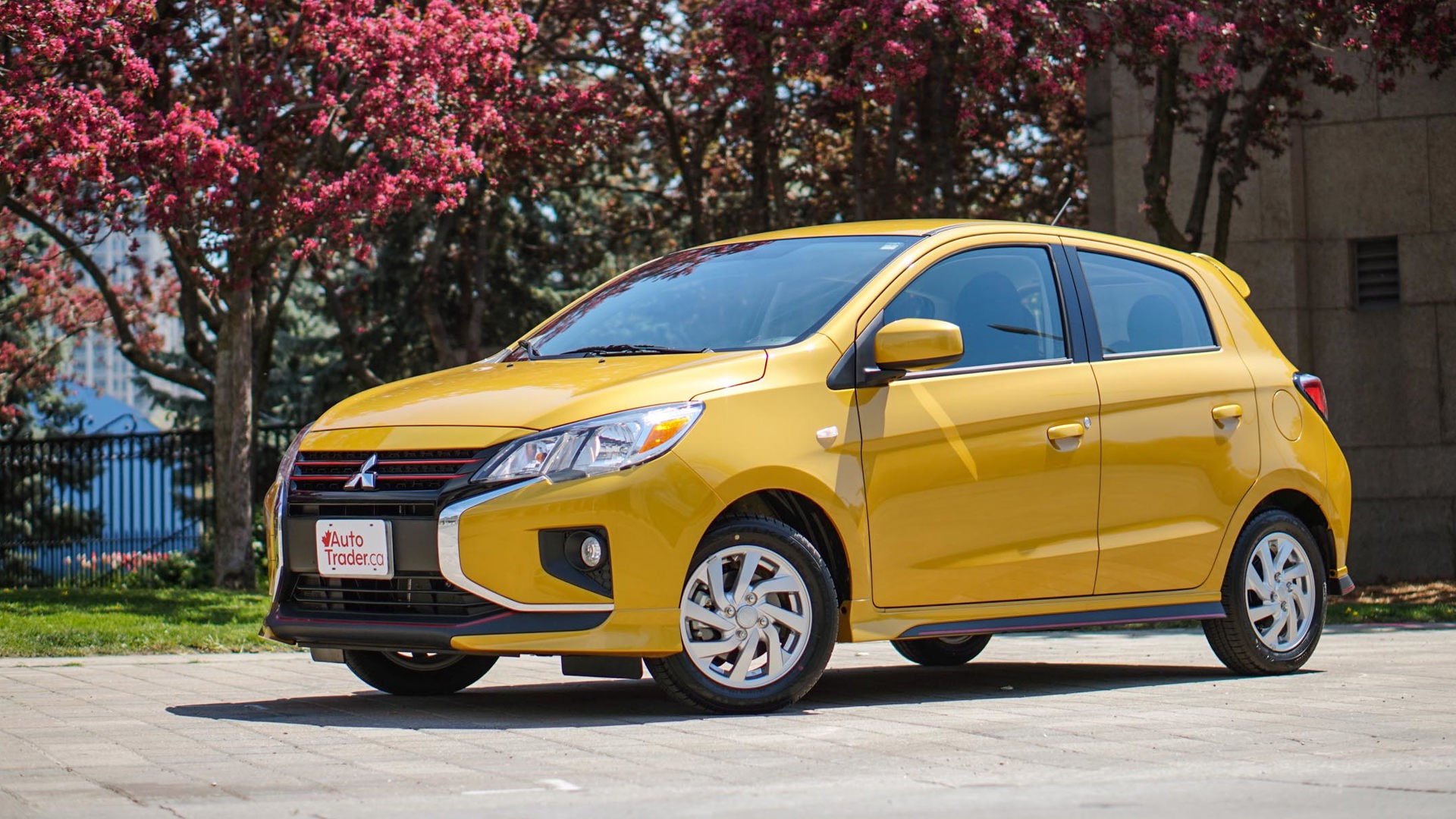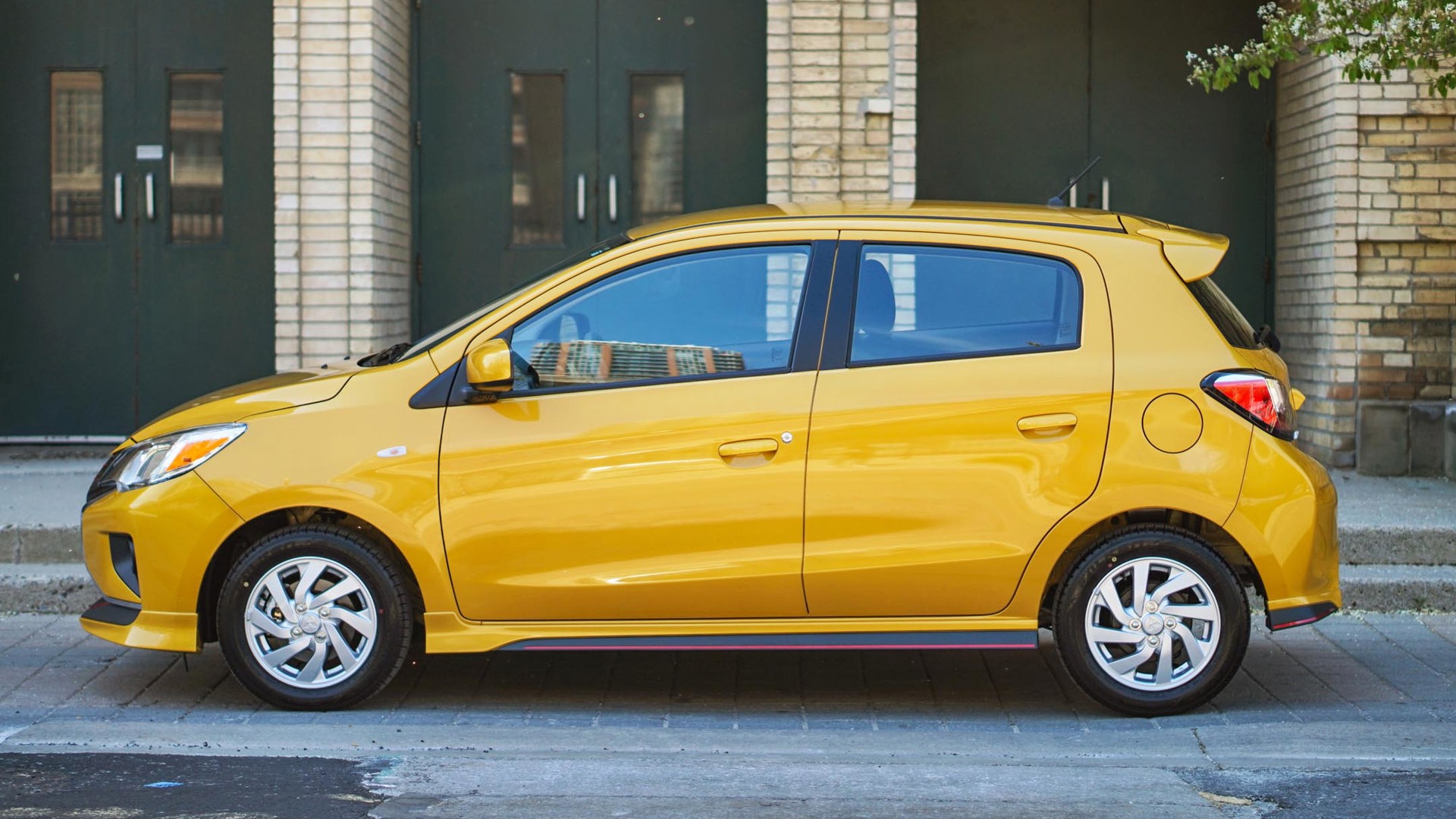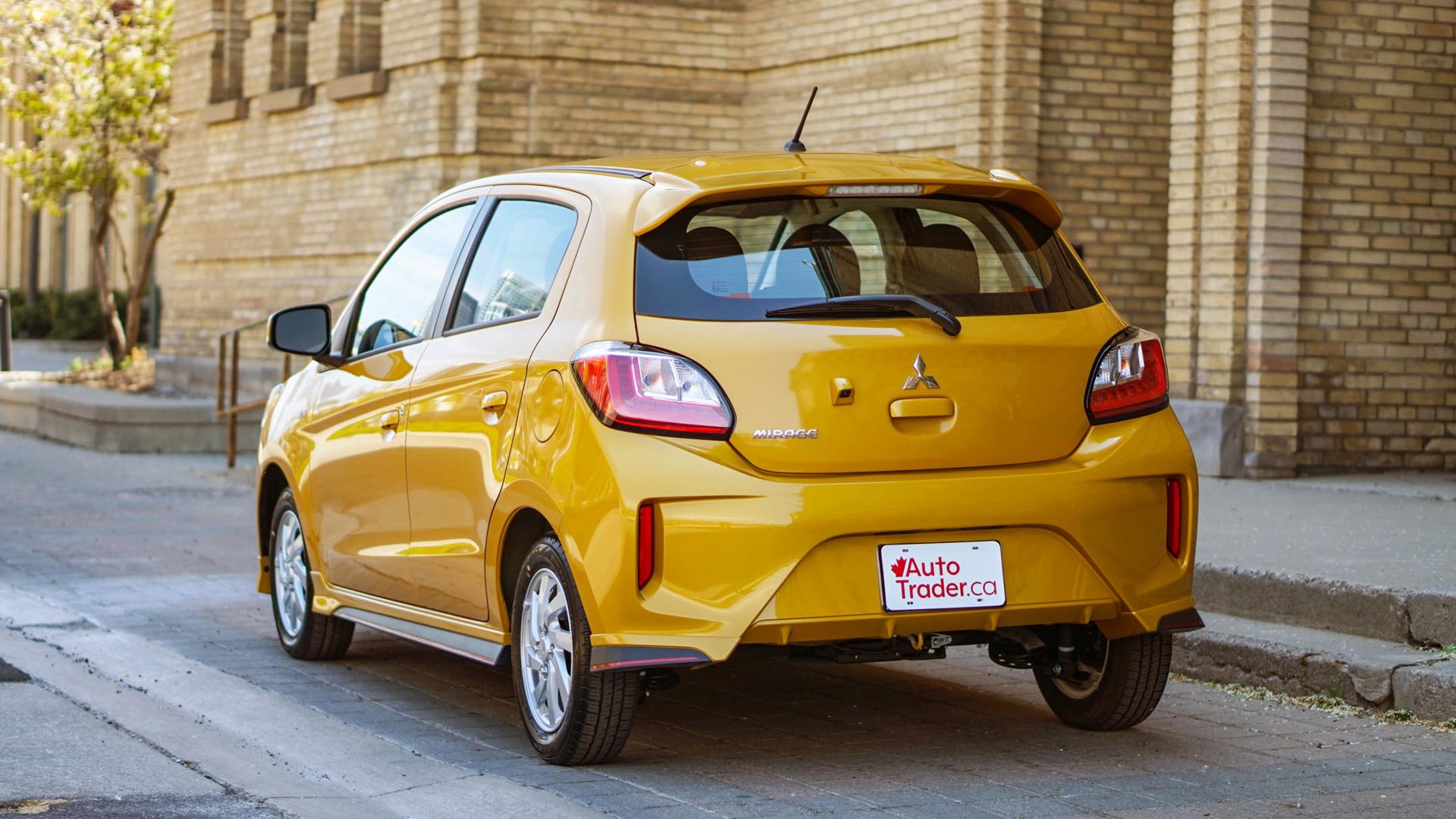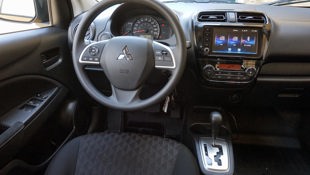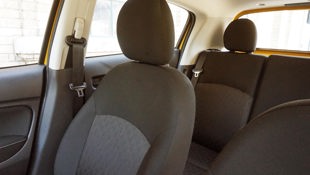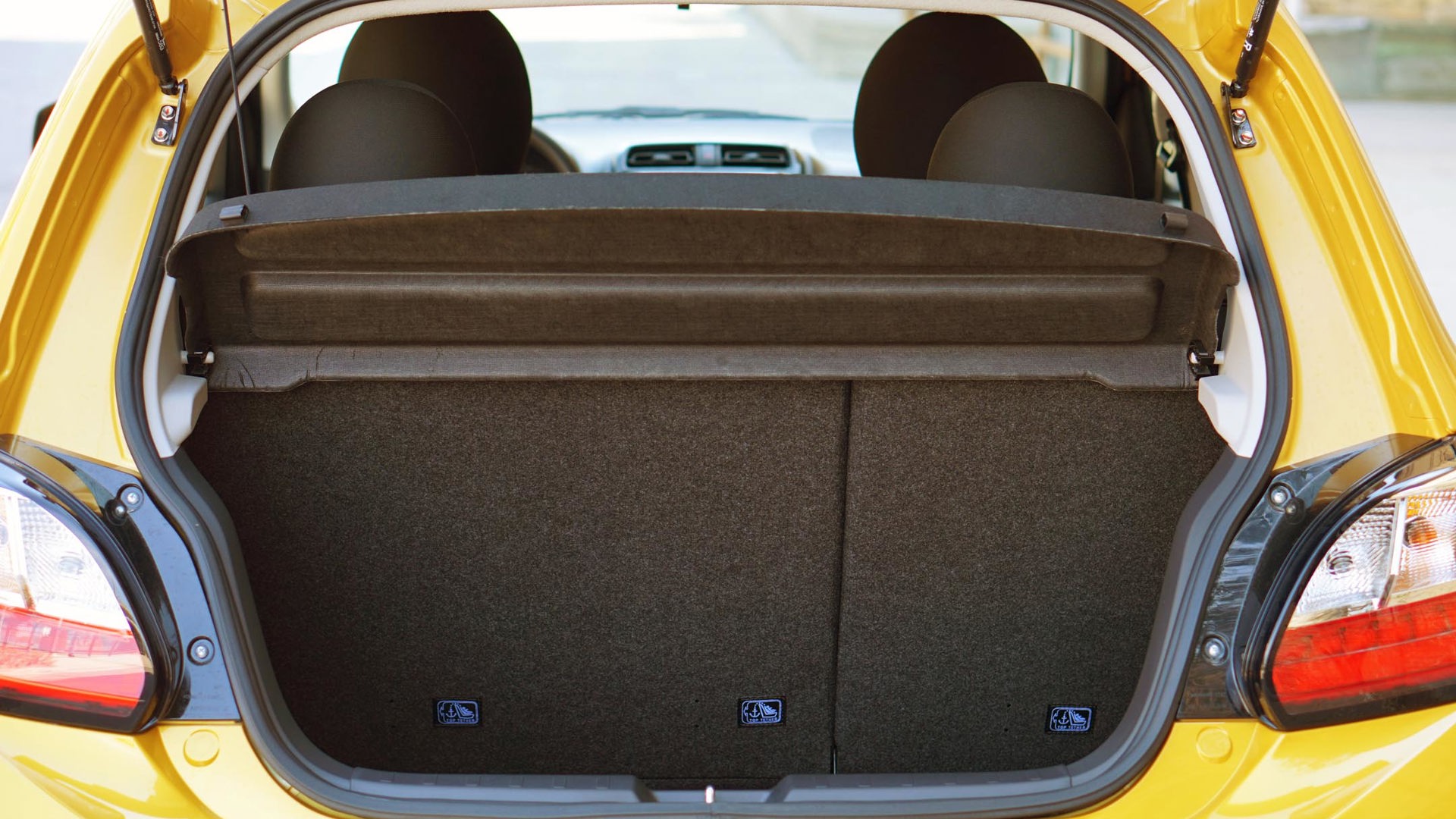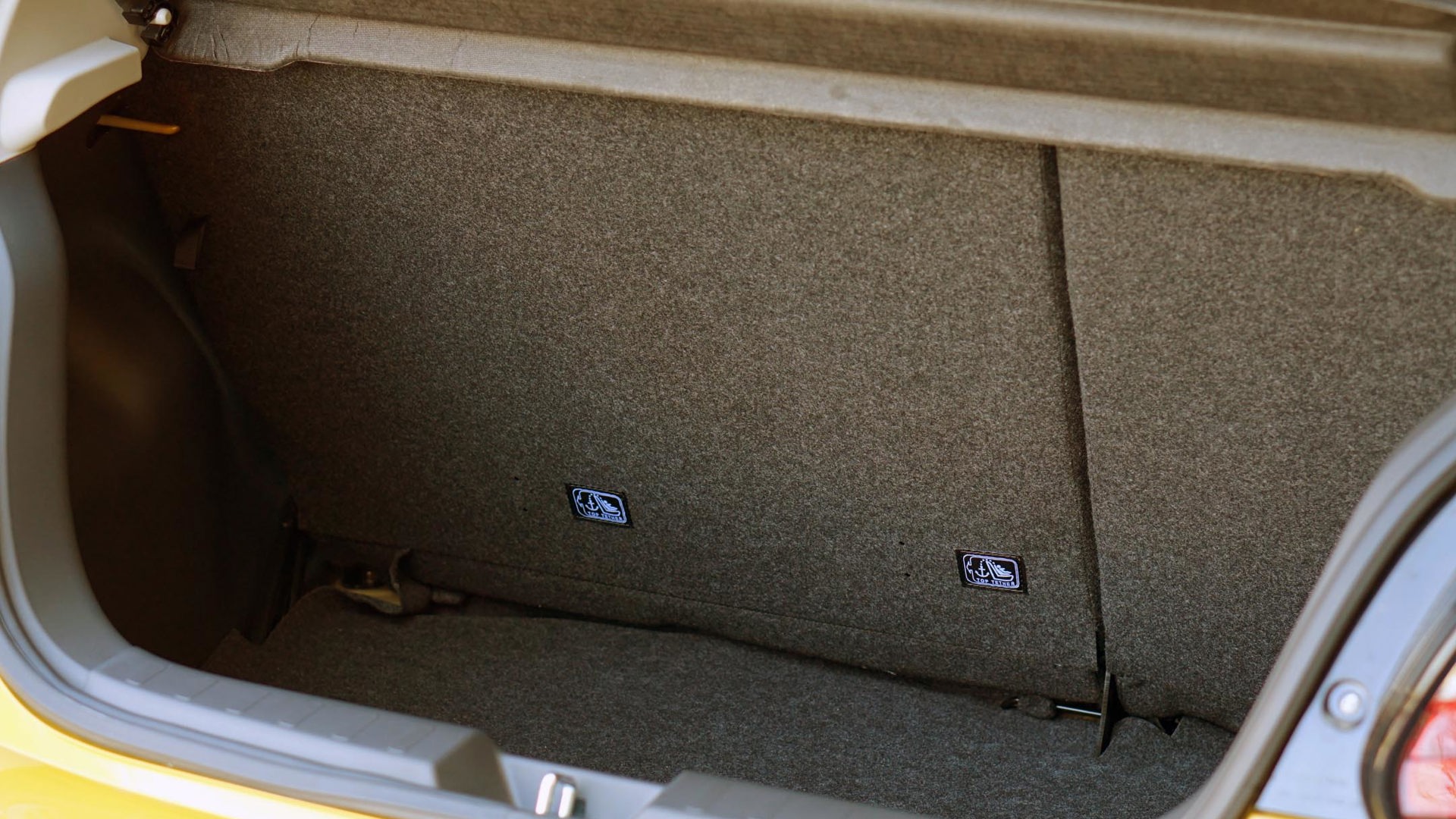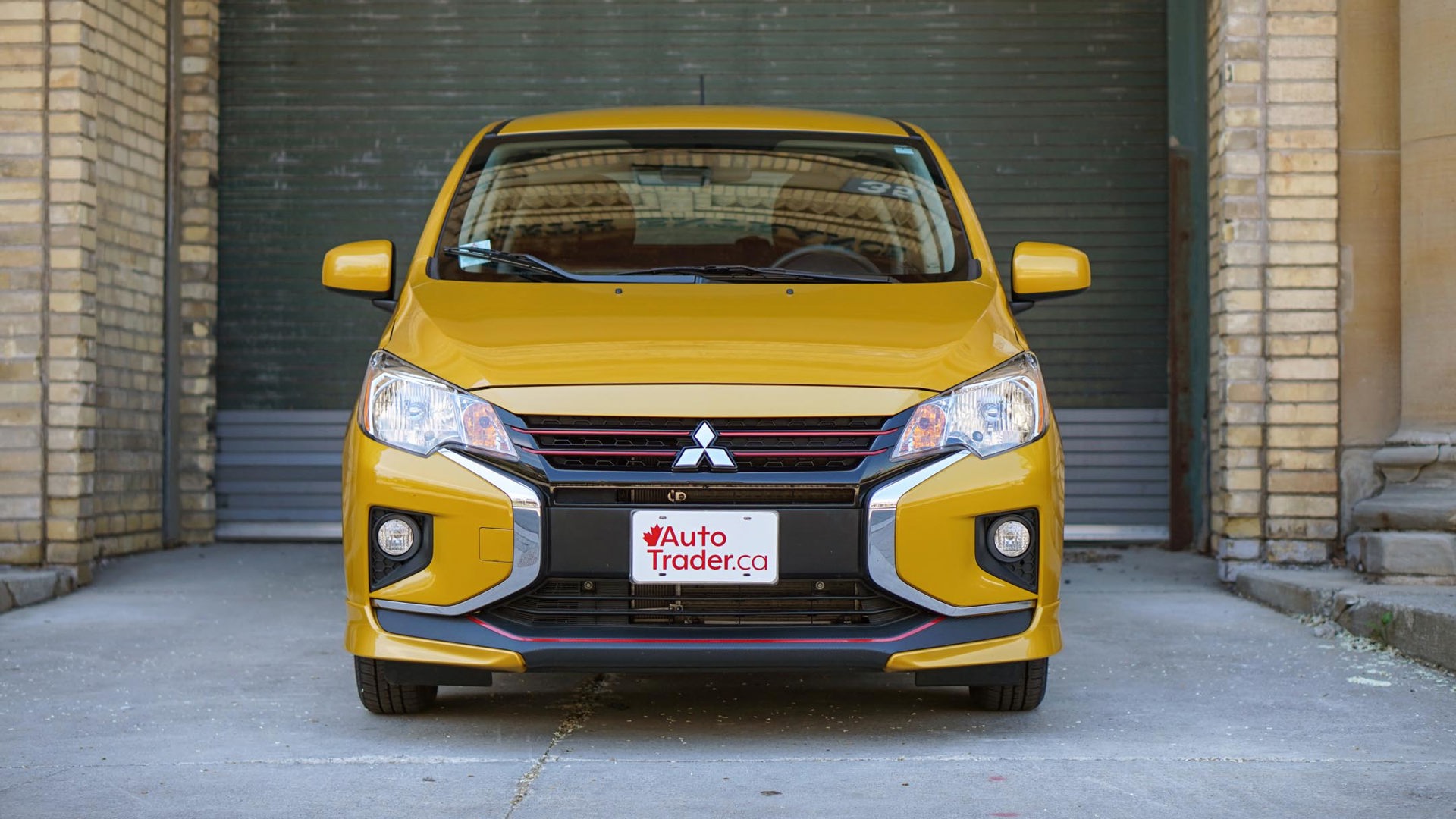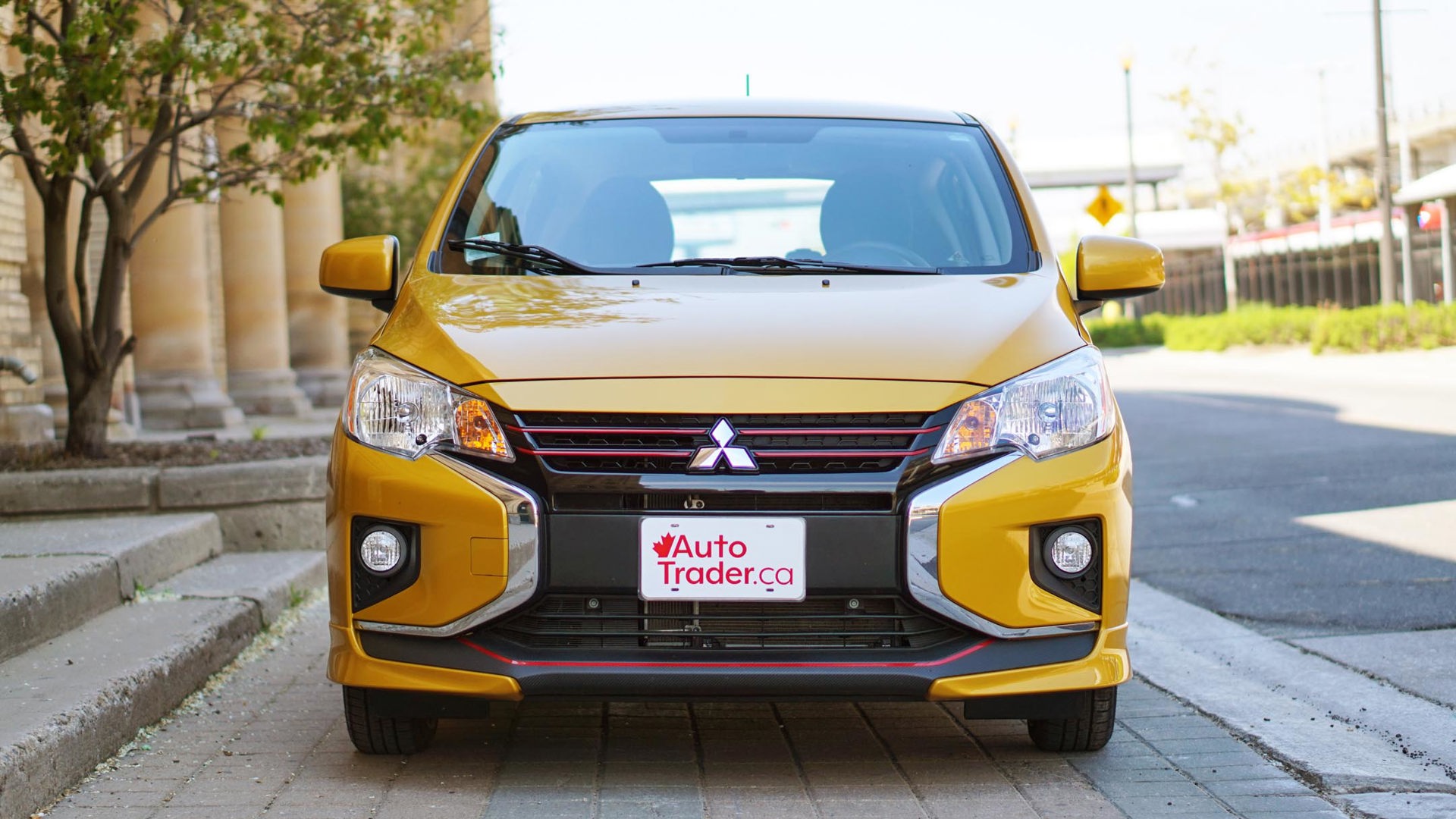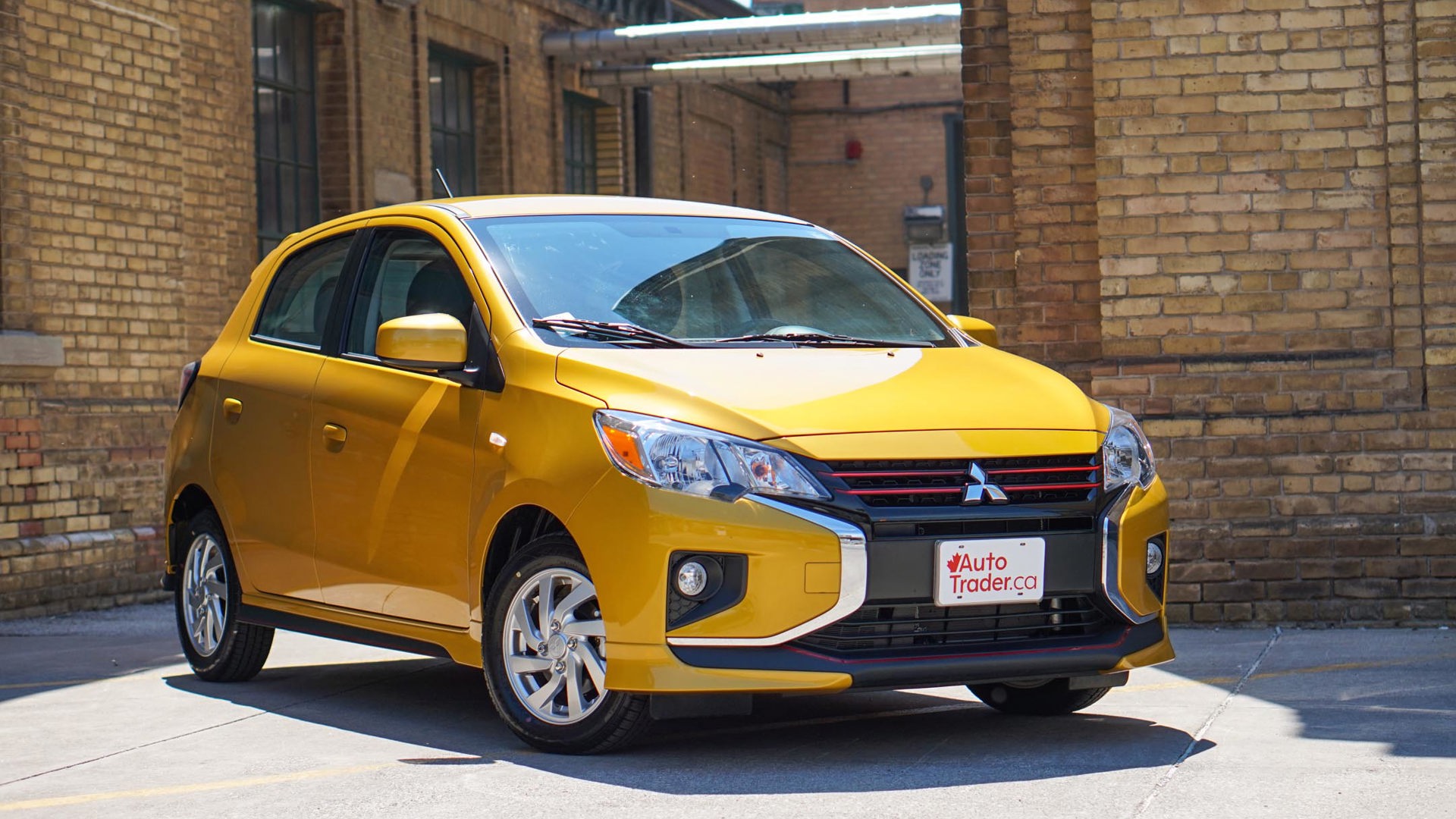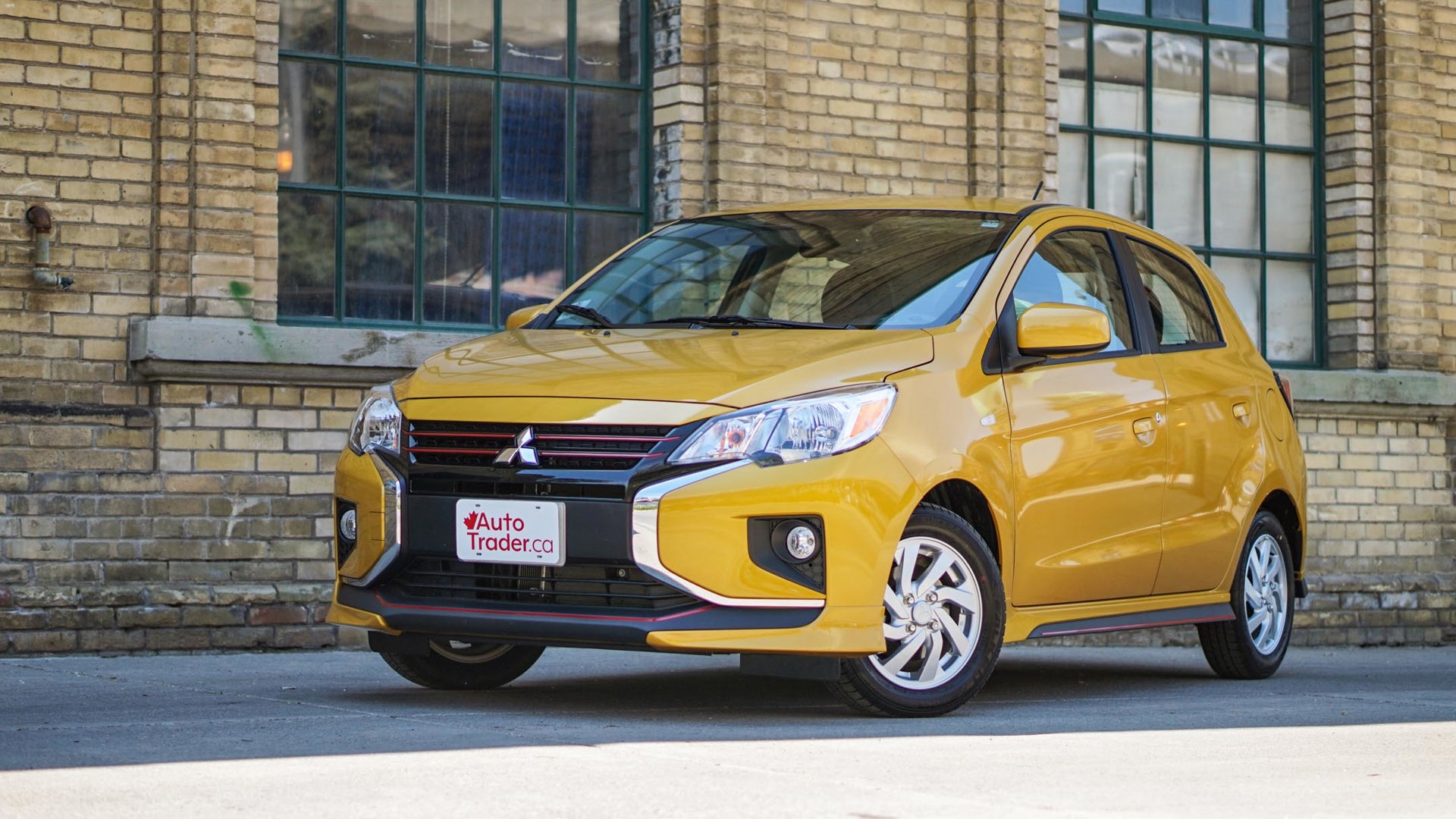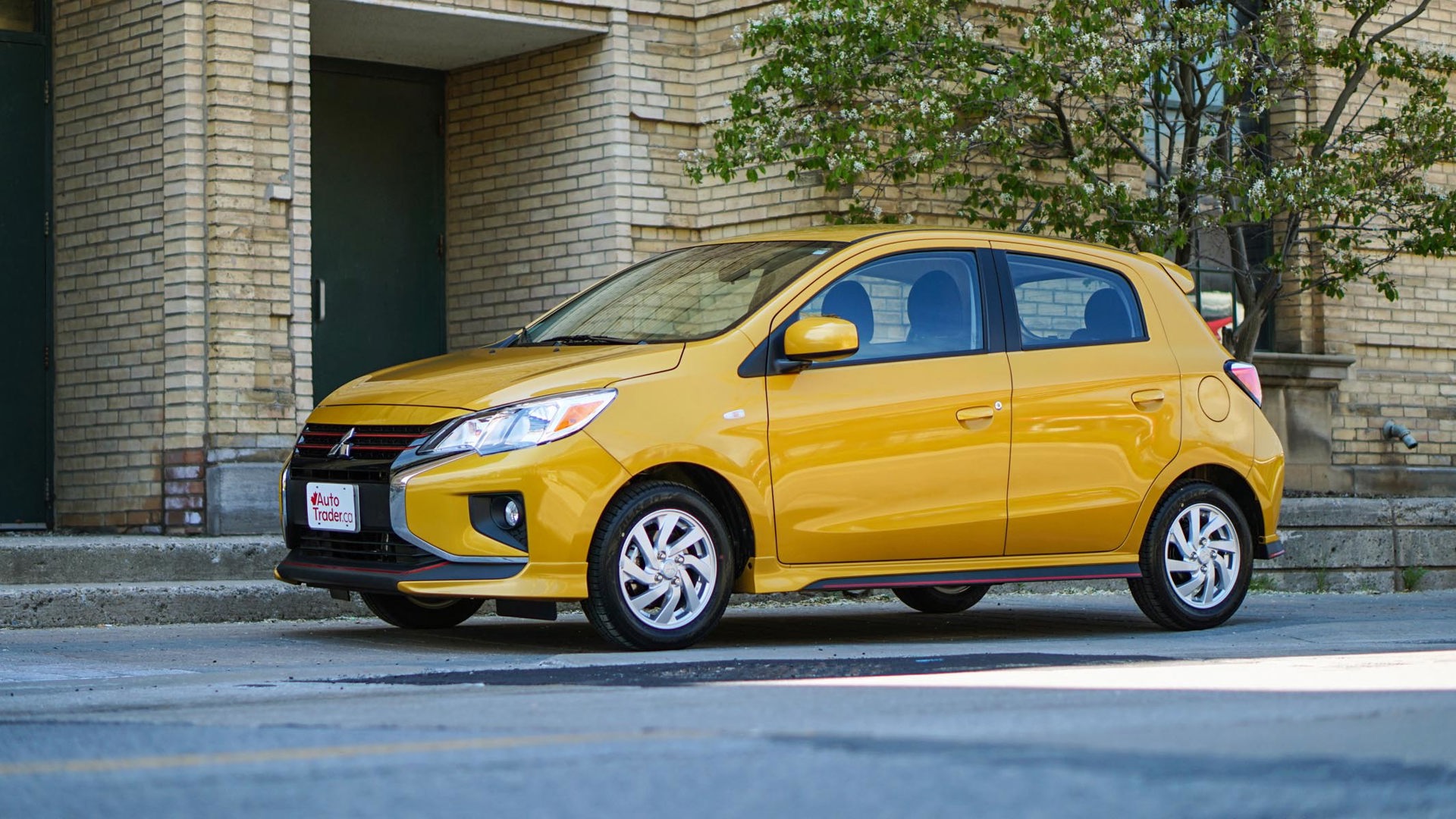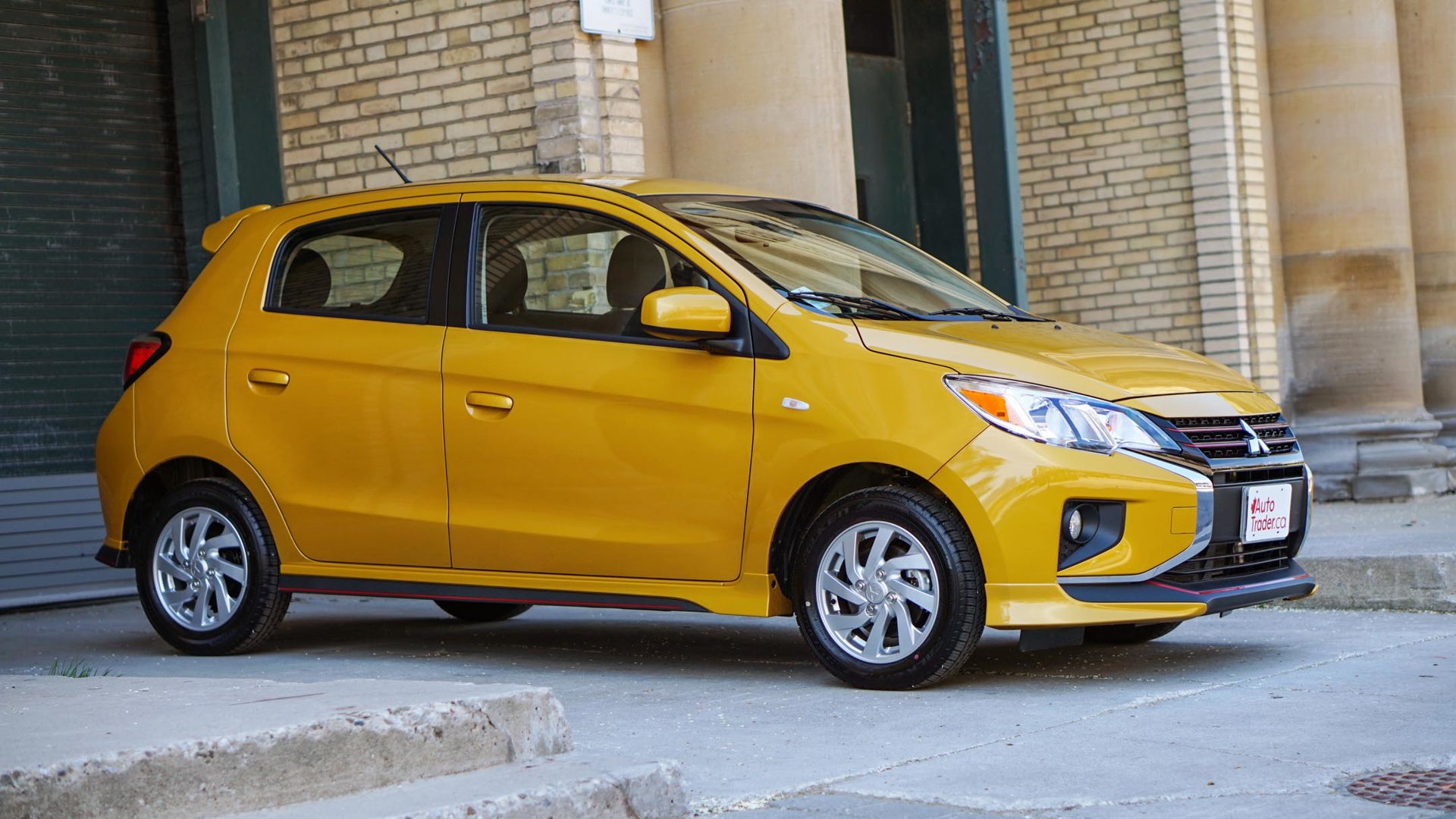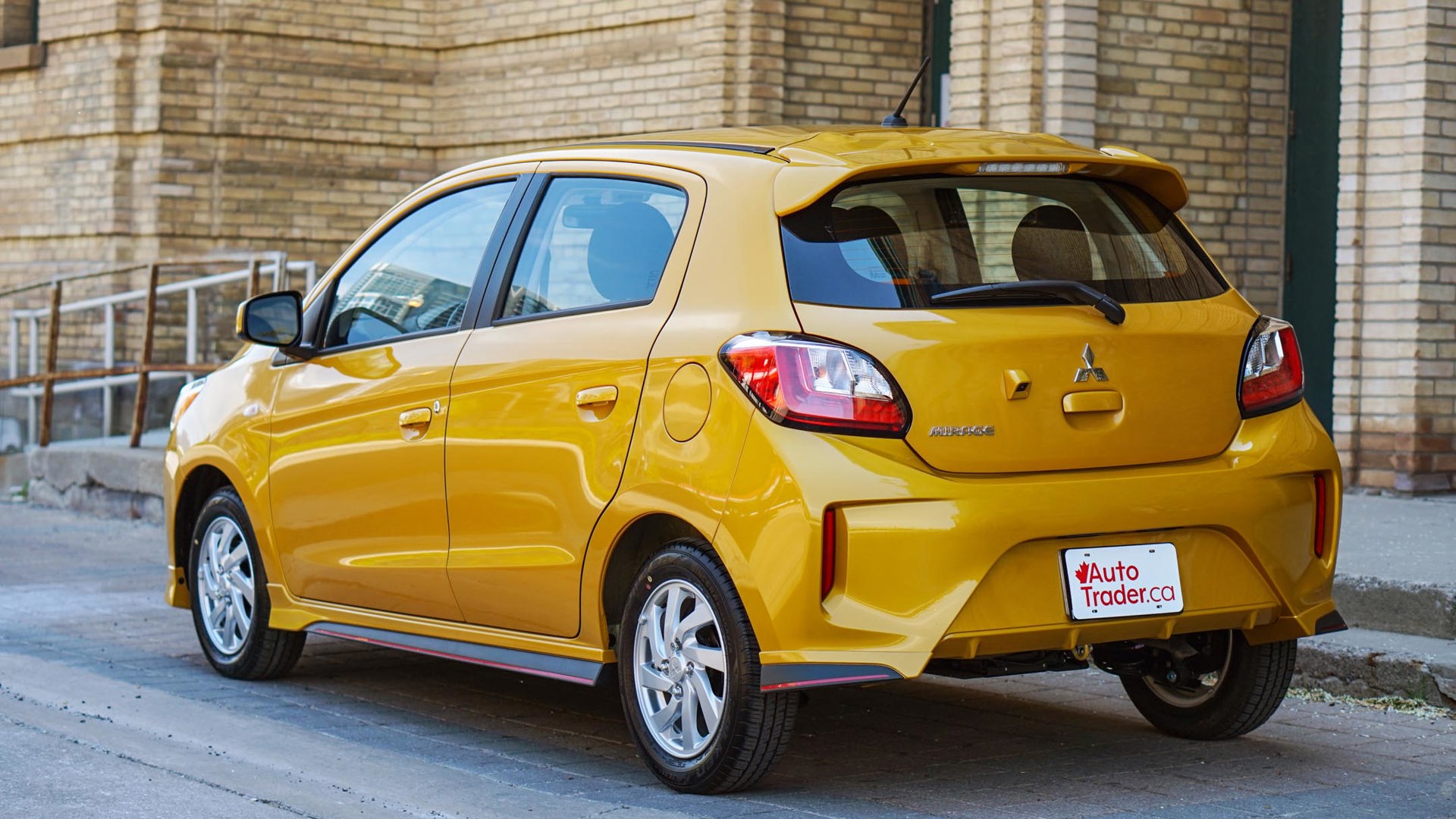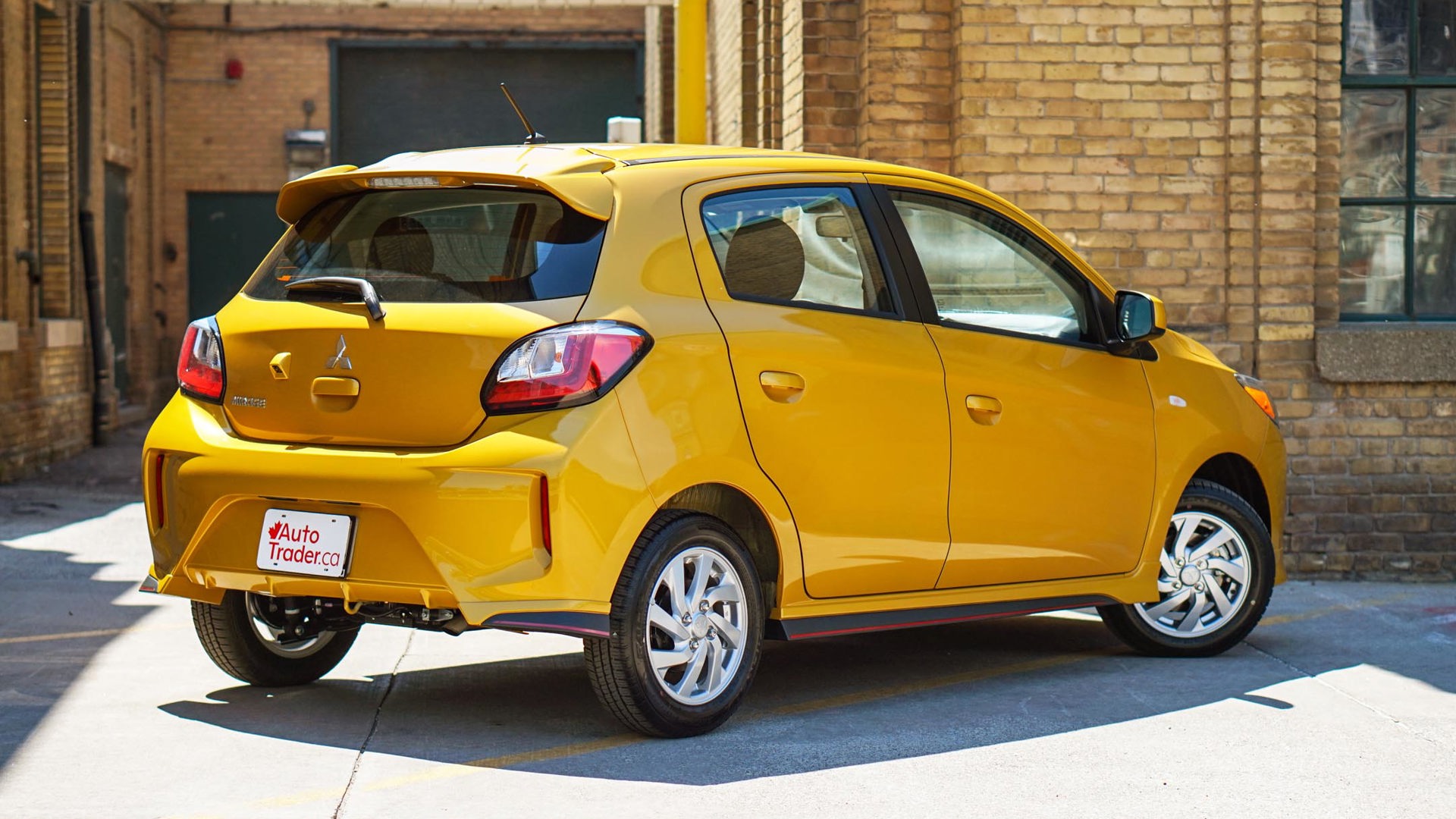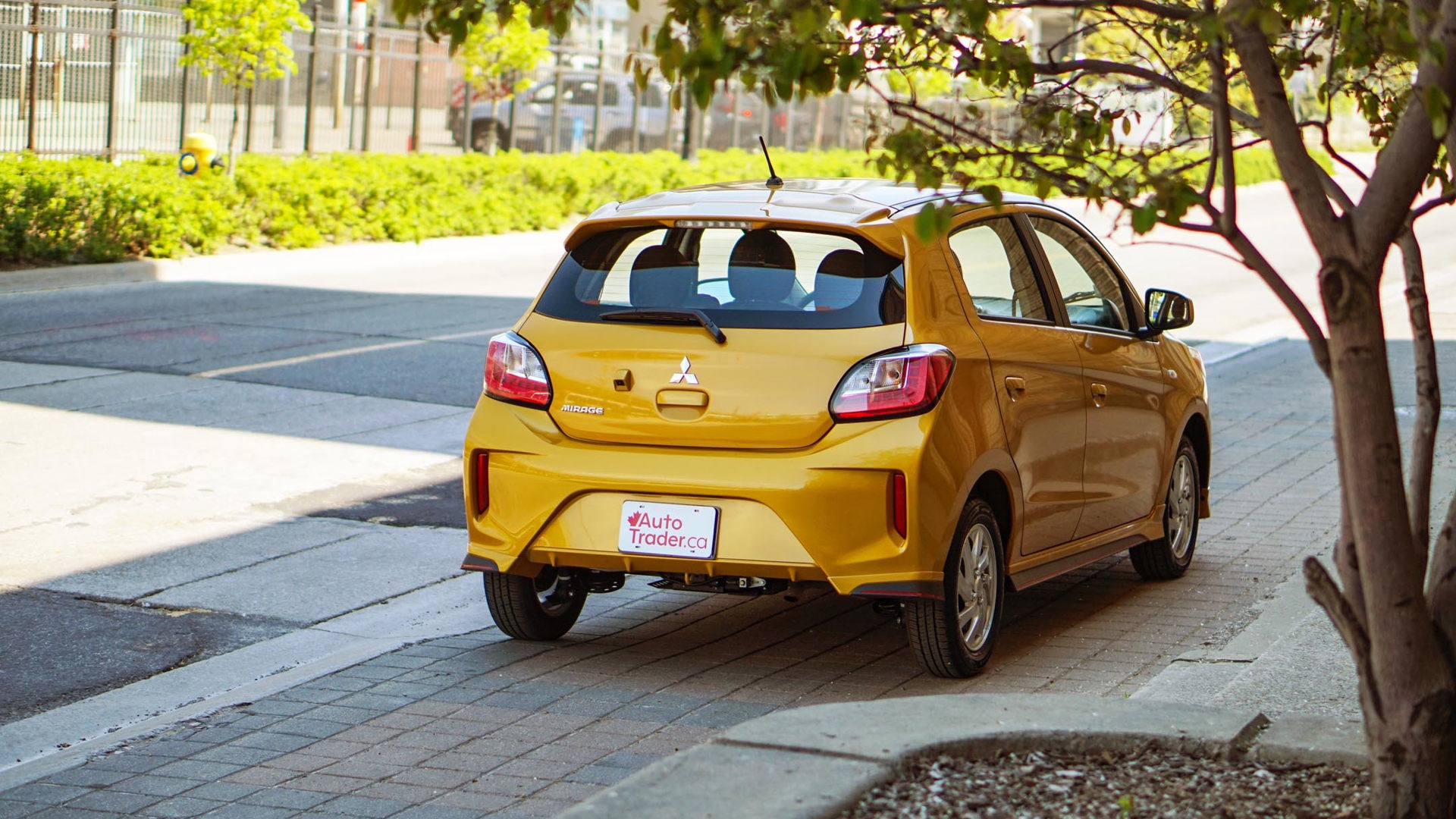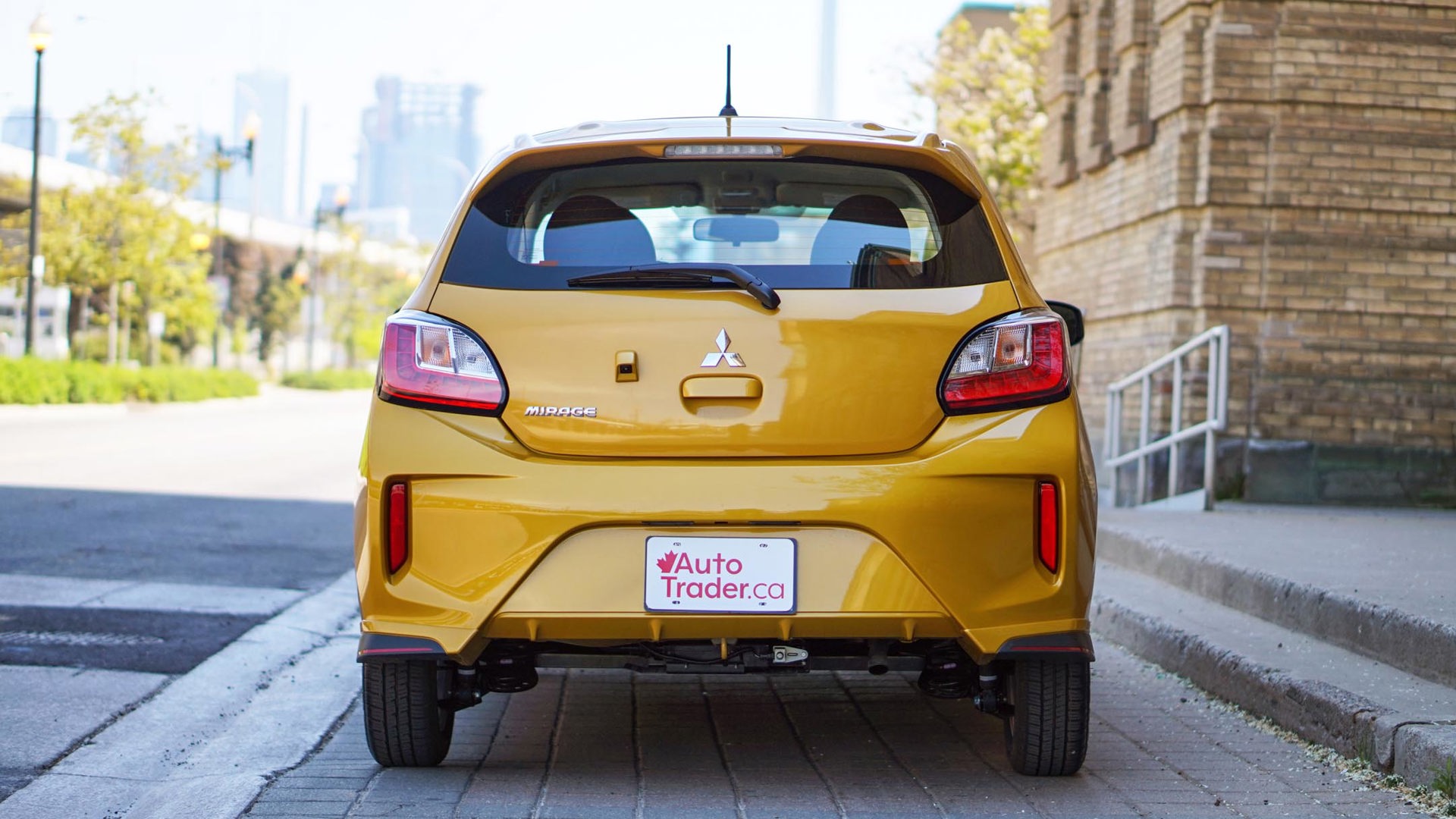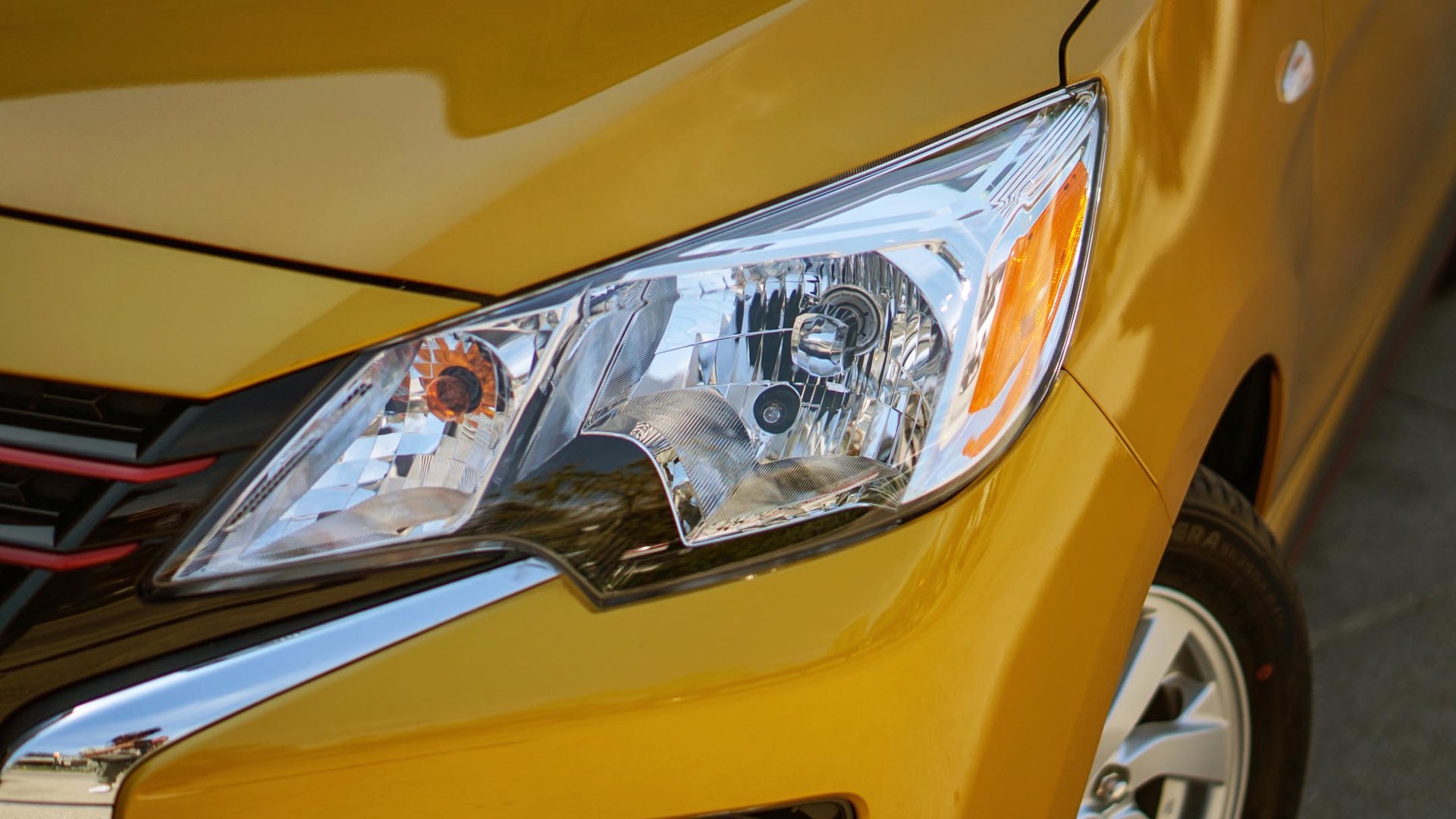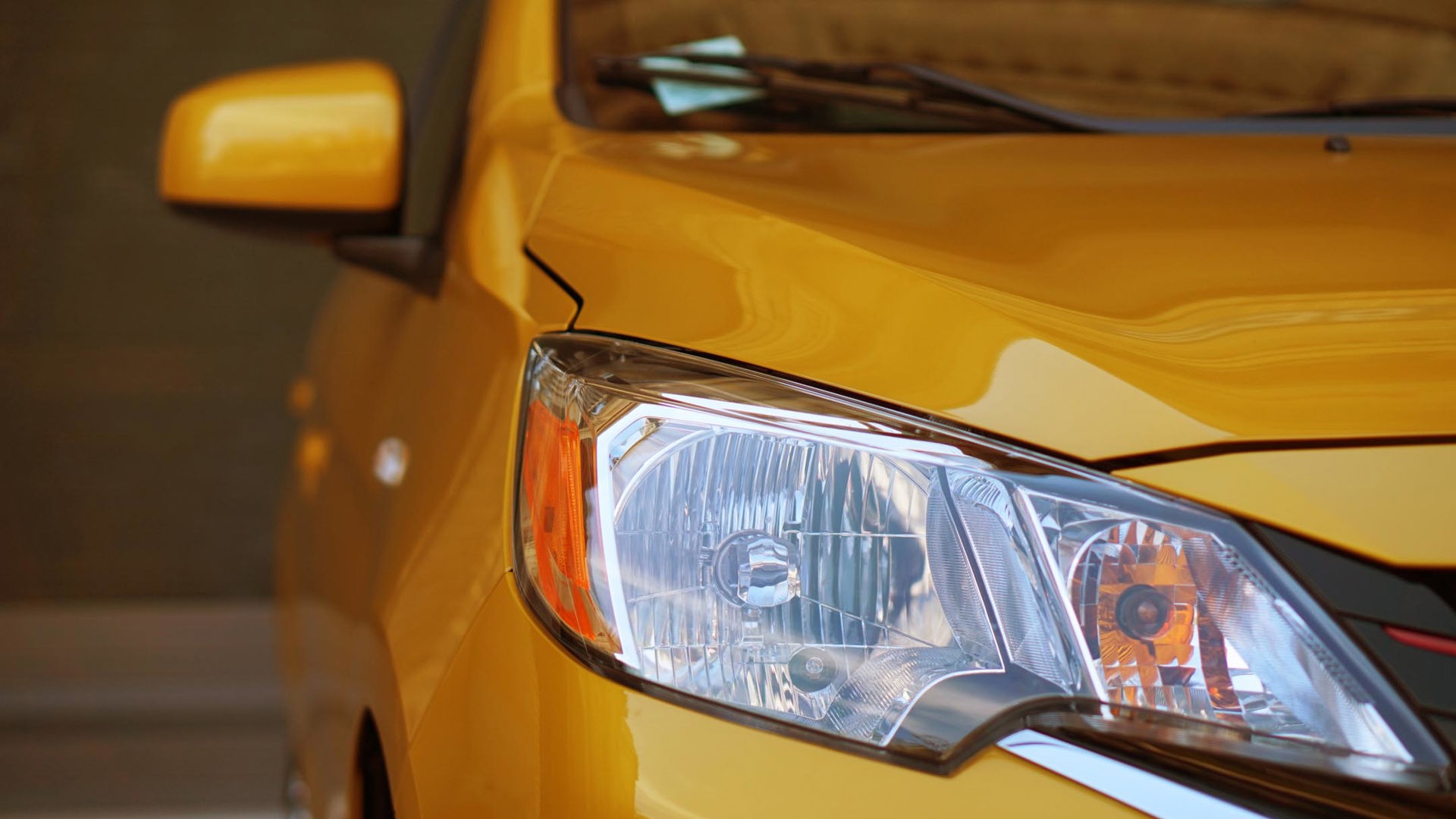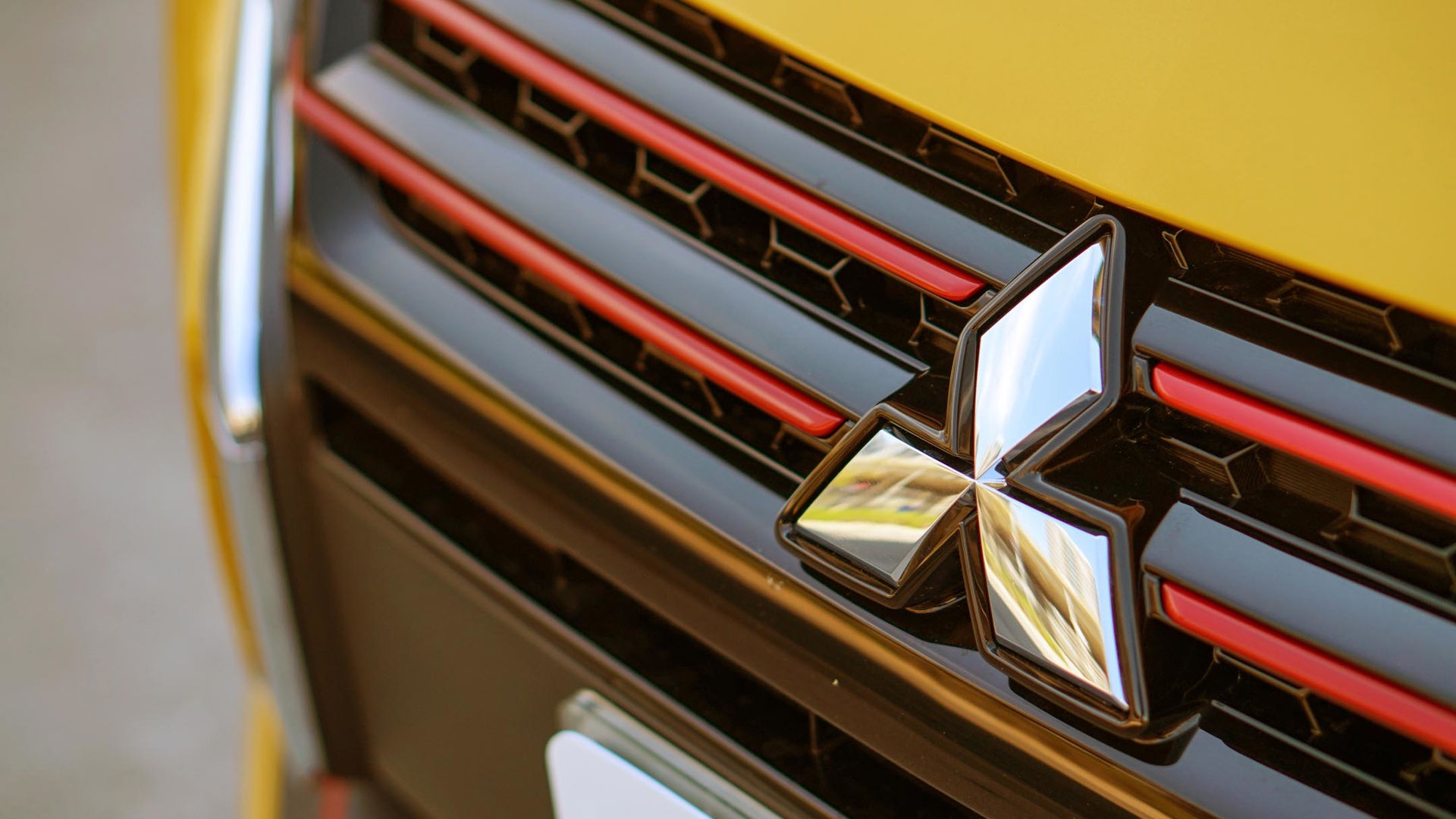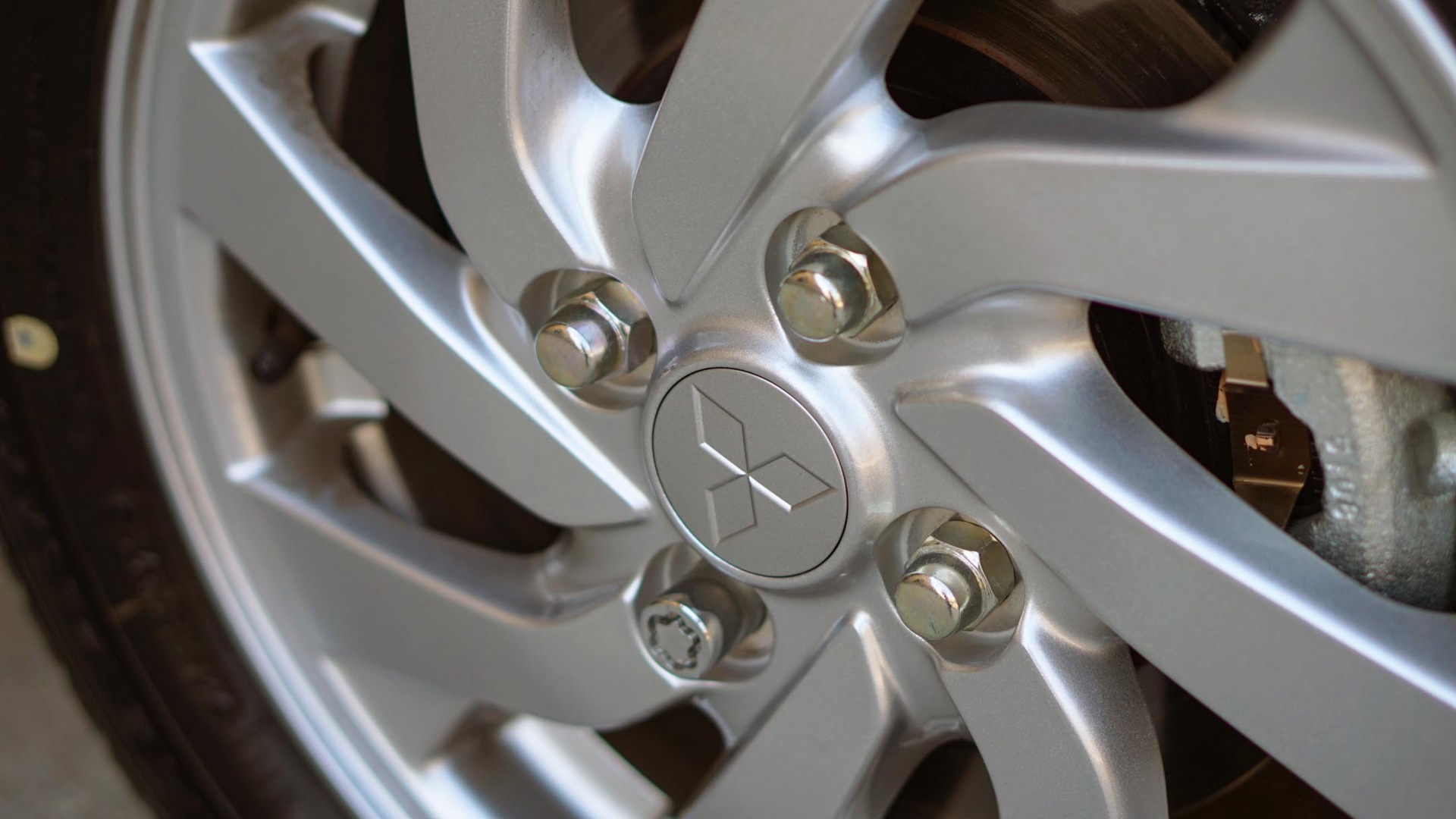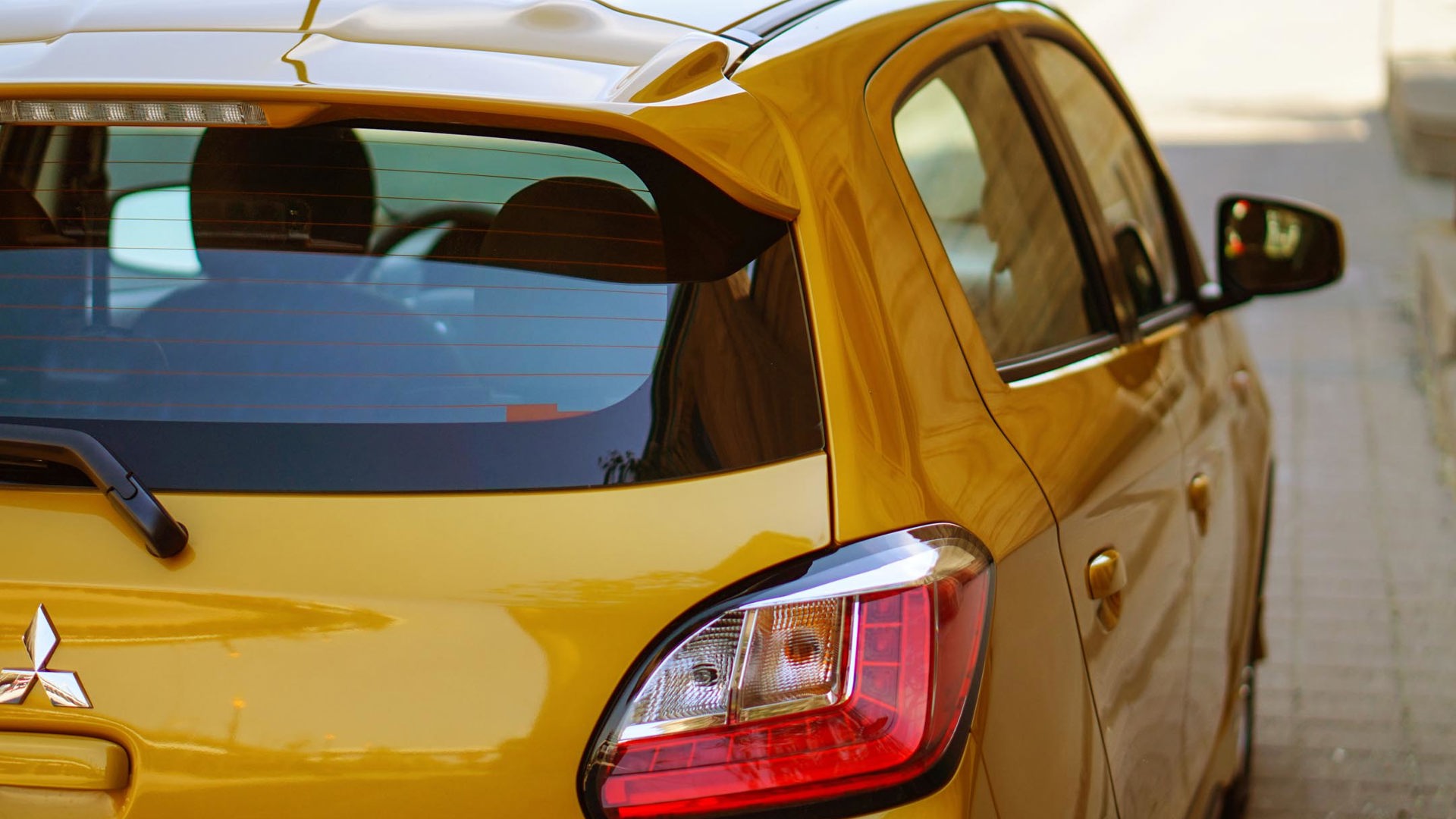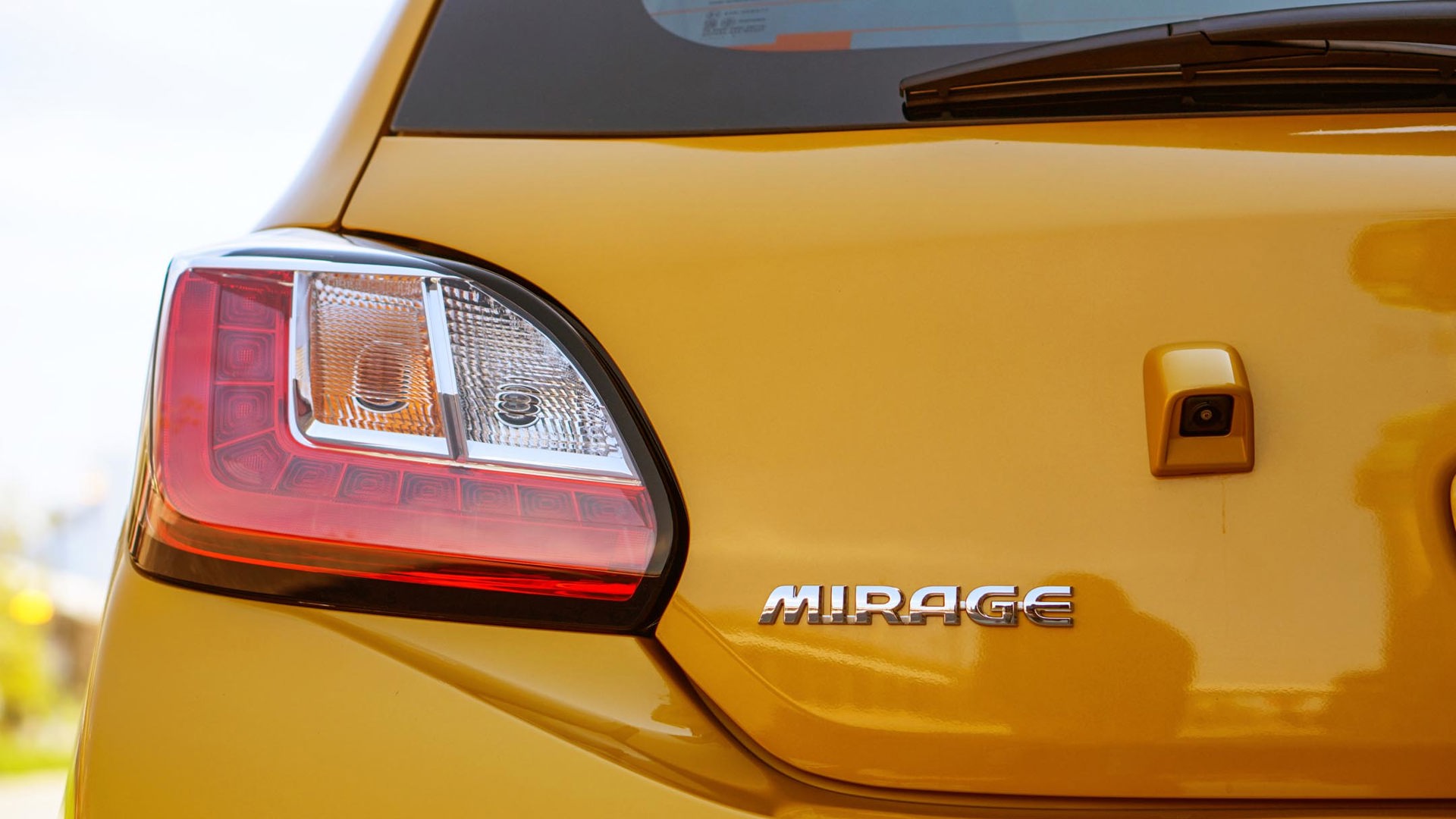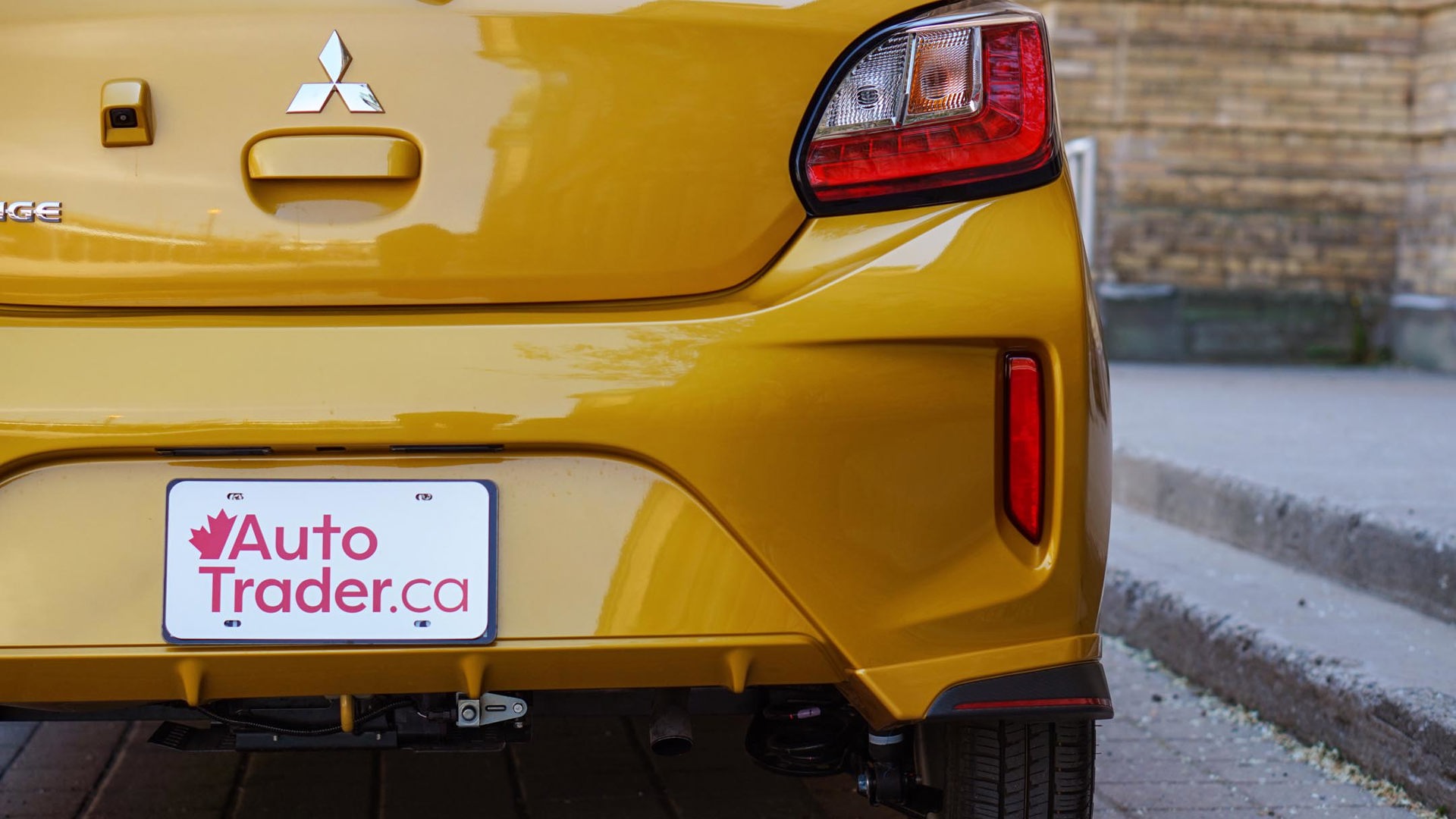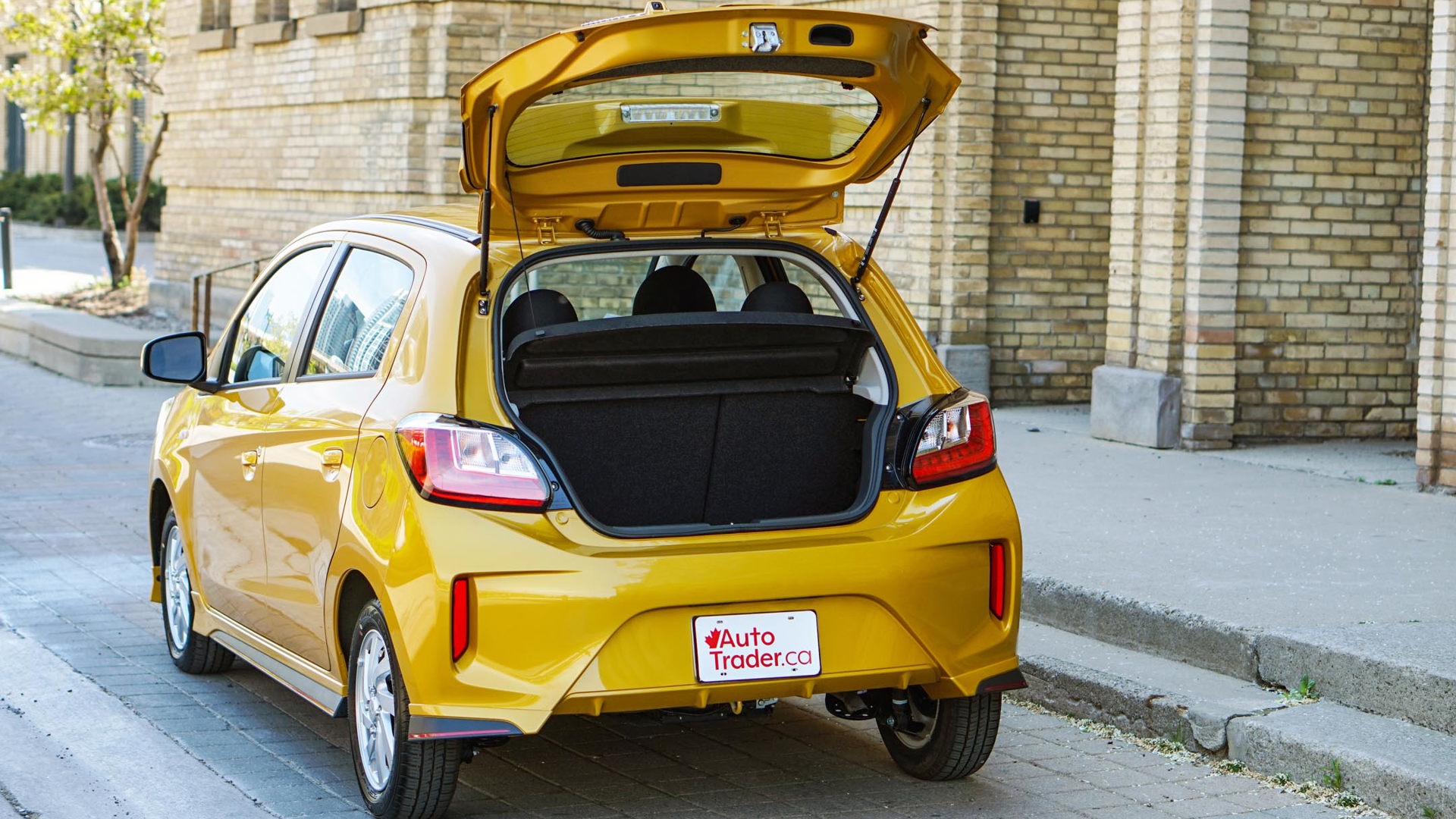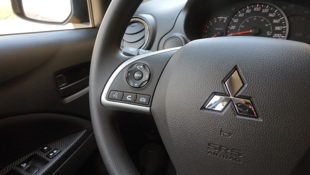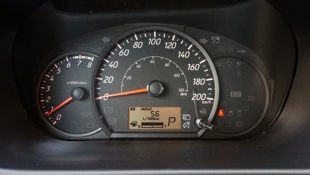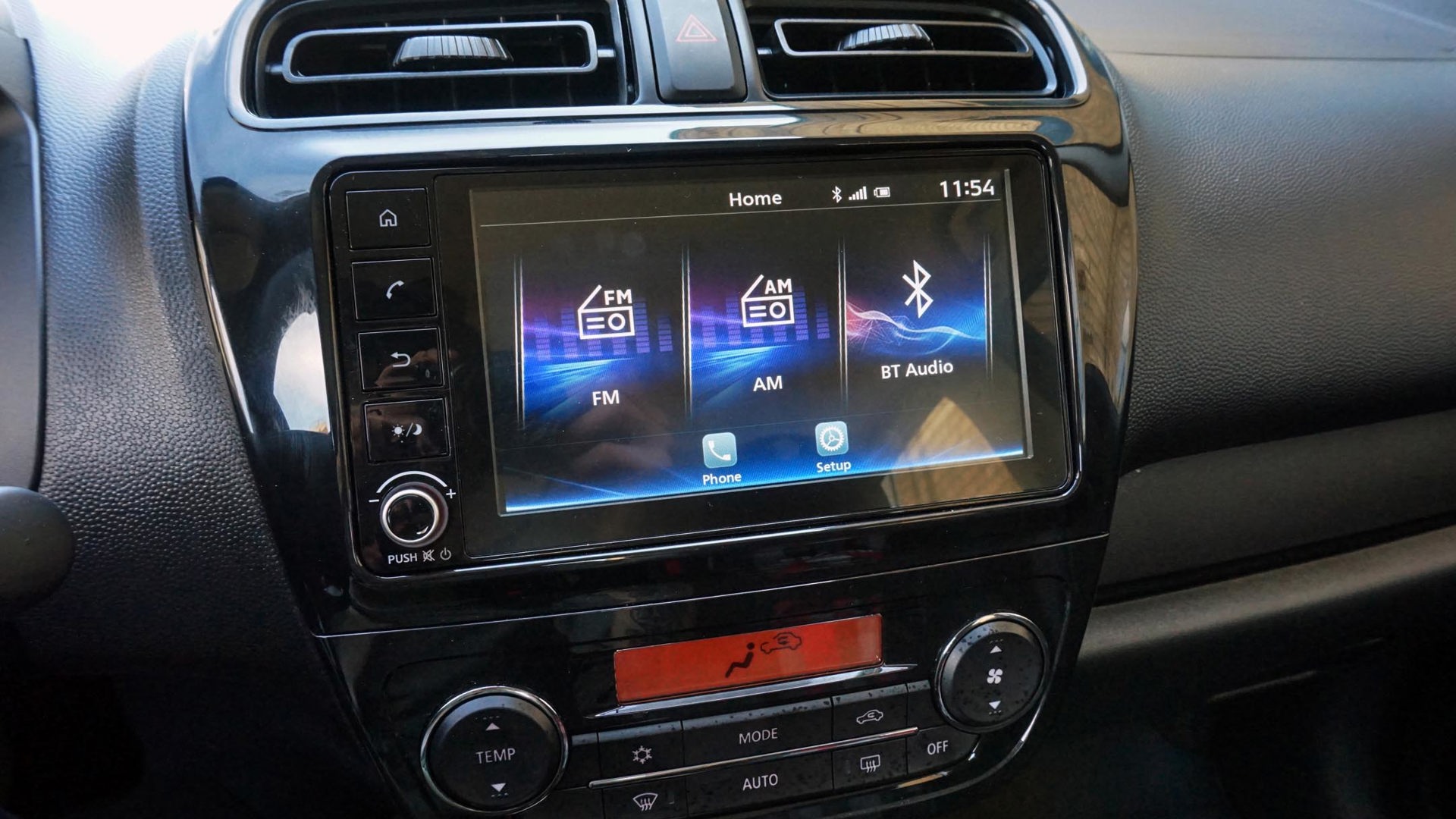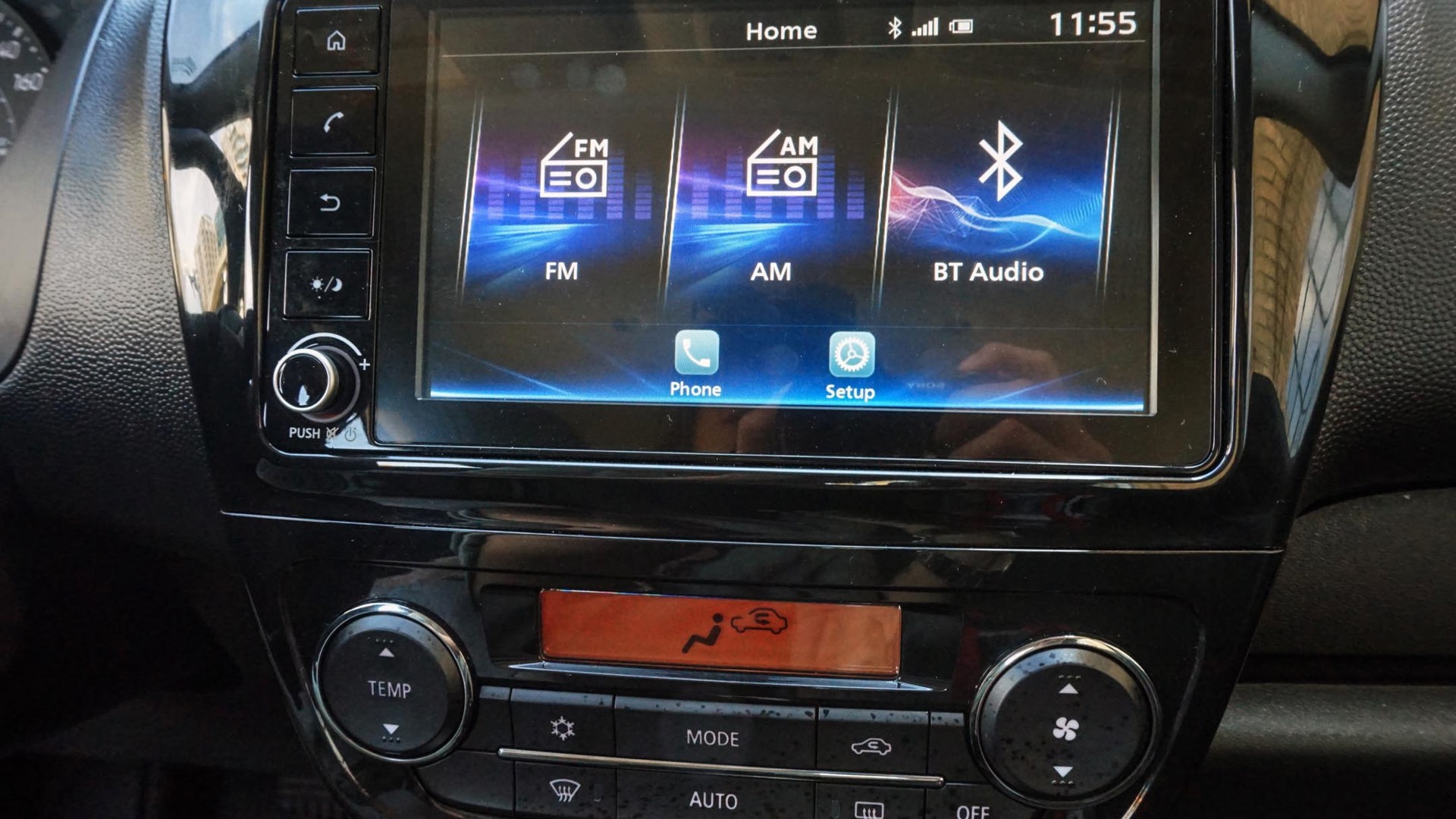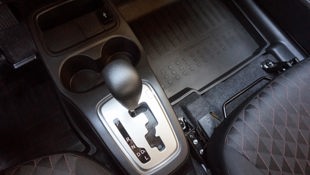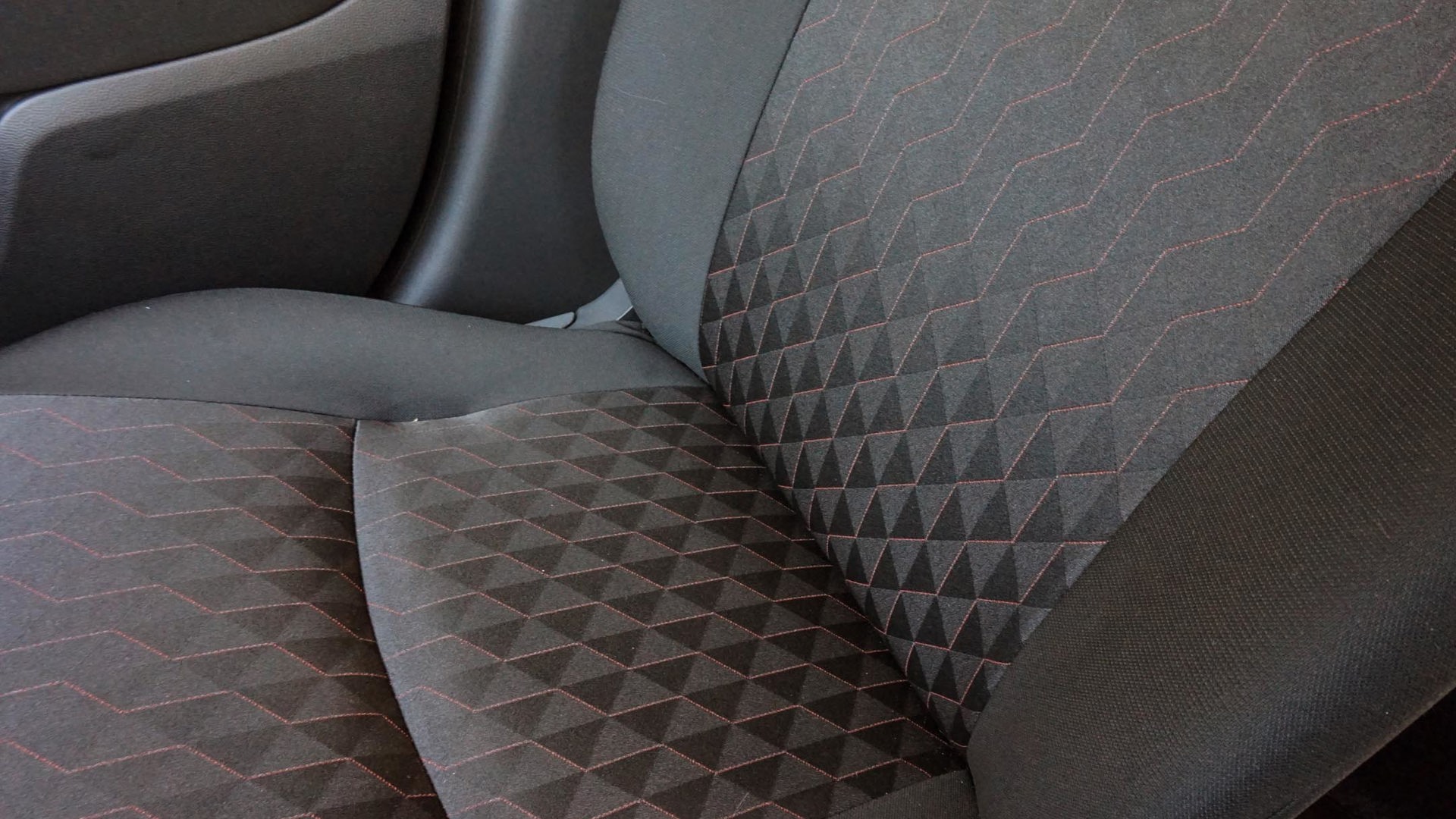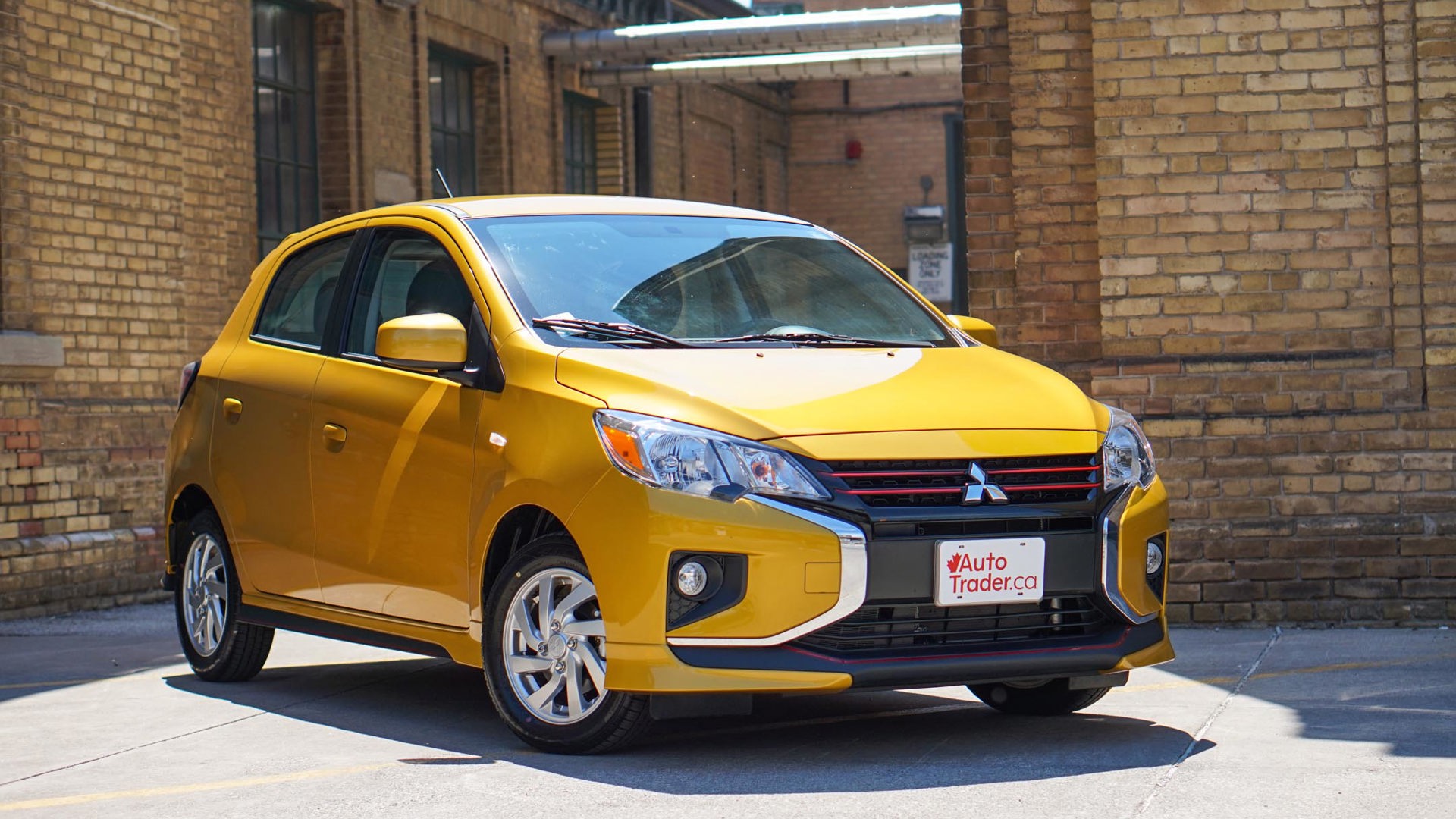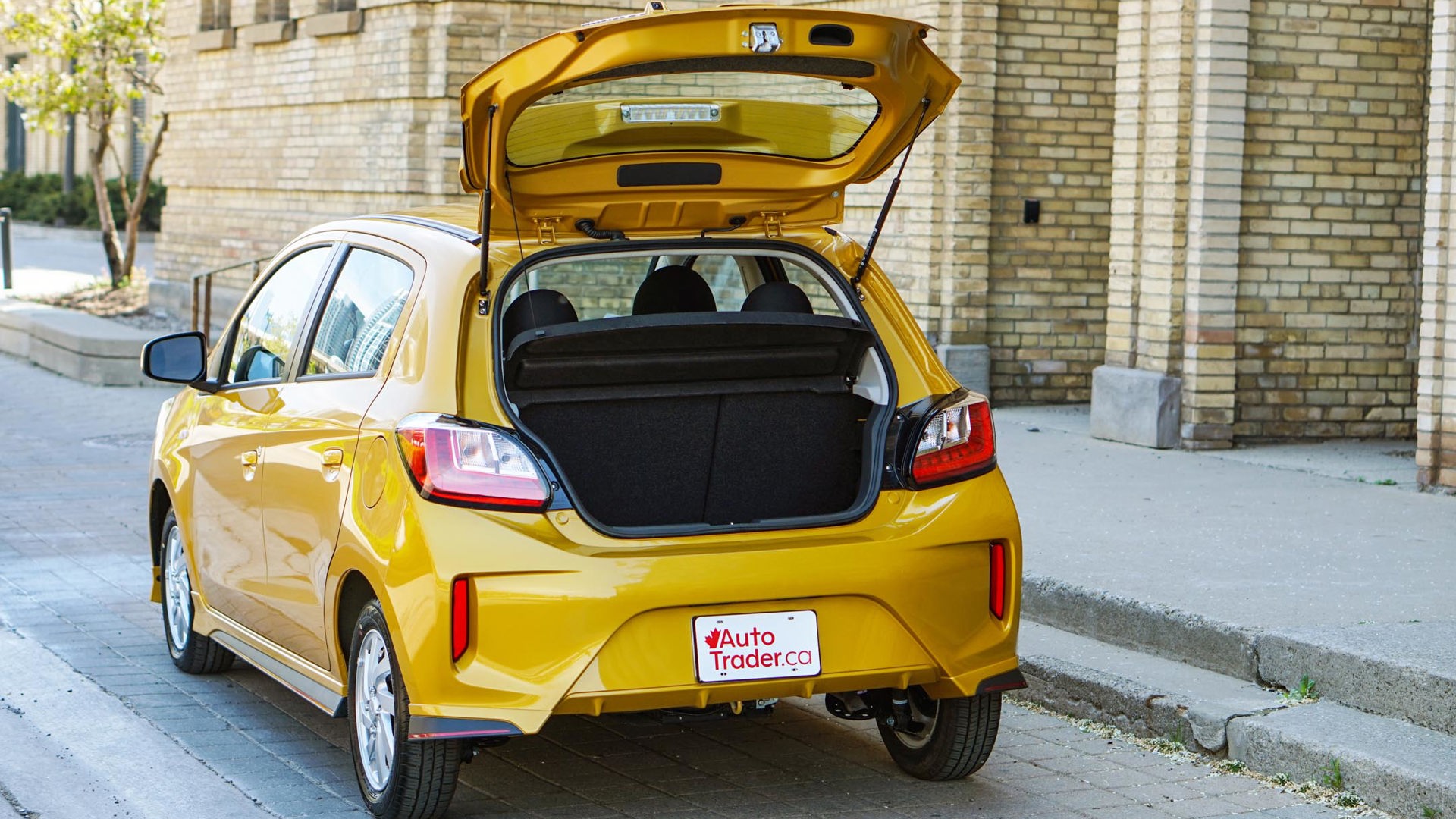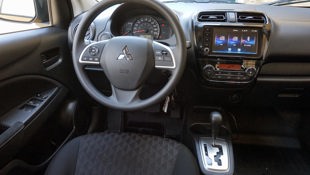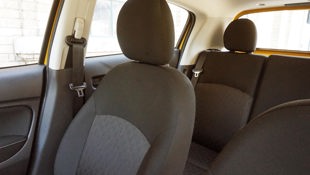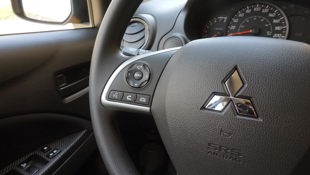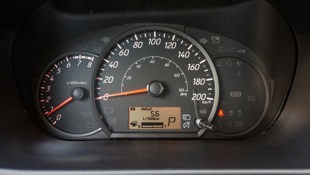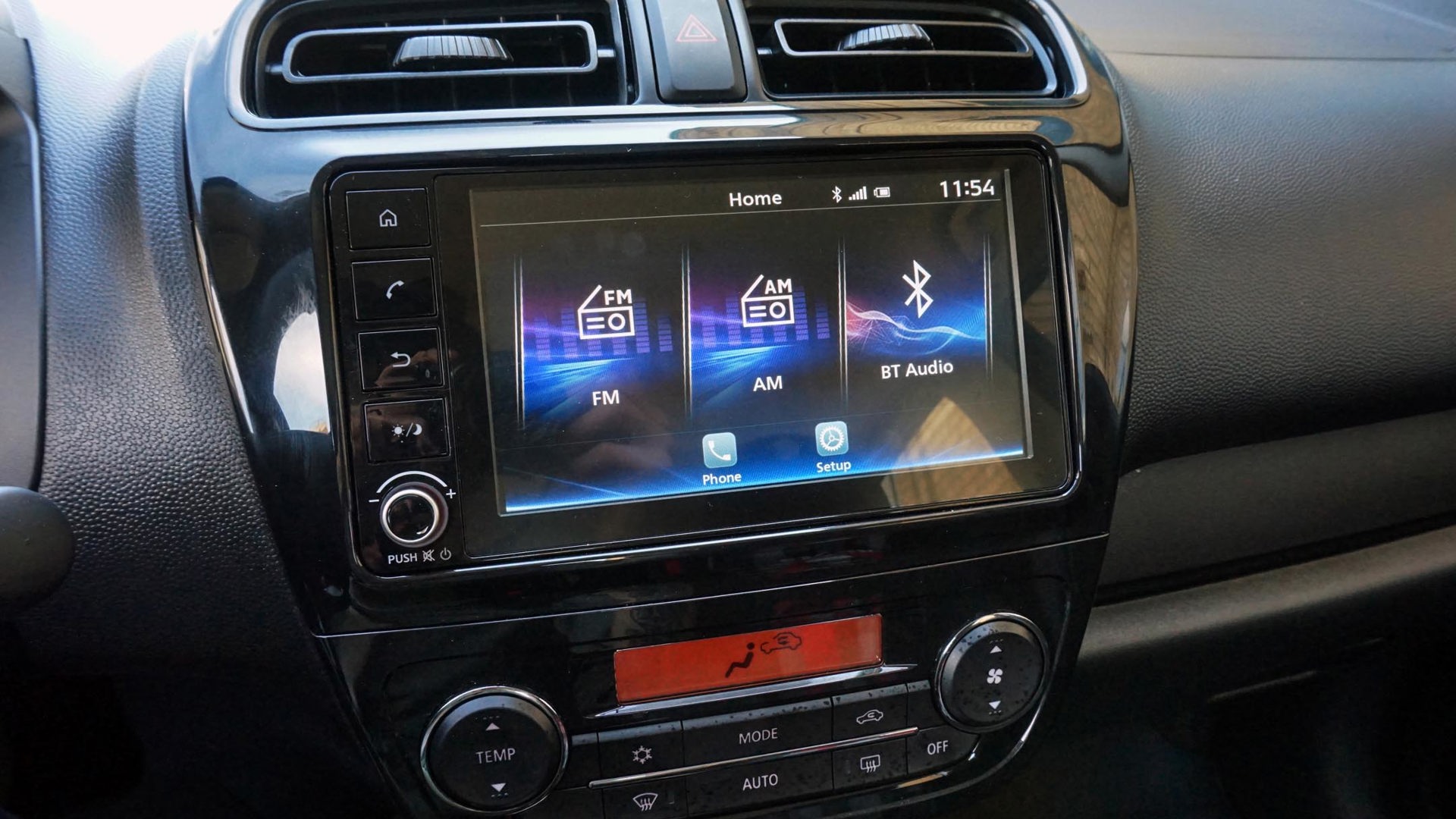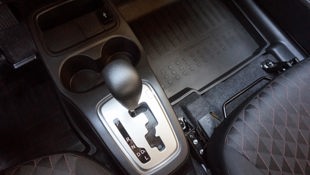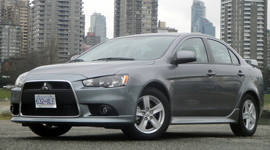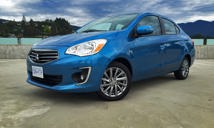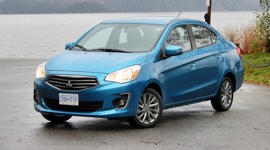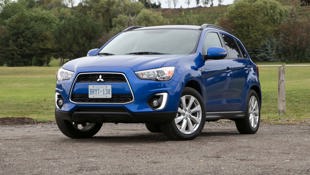 AutoTrader SCORE
AutoTrader SCORE
-
STYLING9/10
-
Safety7/10
-
PRACTICALITY7/10
-
USER-FRIENDLINESS9/10
-
FEATURES7/10
-
POWER8/10
-
COMFORT7/10
-
DRIVING FEEL8/10
-
FUEL ECONOMY9/10
-
VALUE8/10
The 2021 Mitsubishi Mirage is an honest vehicle and there’s absolutely no shame in considering a pragmatic, back-to-basics vehicle like this. Don’t let anyone tell you otherwise.
In a market where tiny, affordable hatchbacks are disappearing faster than a plate of fried chicken at my house on a Friday night, this cheap and cheerful car has outlasted most of the competition. In fact, if you’re shopping in the segment, there aren’t too many options left. Gone are the Nissan Micra and Versa (though the sedan version of the latter is back), Mazda2, Honda Fit, Toyota Yaris, Chevrolet Sonic, Hyundai Accent, Fiat 500, and Ford Fiesta. That leaves the Chevrolet Spark, Kia Rio, and this Mirage.
There’s a certain honesty about cars like the Mirage. If you need a car, it will car. There’s no pretence and no gimmicks, just a simple, straightforward, and affordable mode of transportation.
Power: 8/10
If you treat every stoplight like a drag strip, you probably shouldn’t be shopping for a subcompact hatchback. In an era where minivans are pushing 250 hp and electric trucks will soon be boasting four times that much, the Mirage’s humble 78 hp and 74 lb-ft of torque might seem hilariously meagre. But it’s enough for this light, little car. In fact, I was surprised to see those specs because I went for a drive before checking the figures, and it felt livelier than those numbers might suggest. But don’t get too excited; that was just with little ol’ me driving around alone. The Mirage definitely struggled with both me and my boyfriend inside, especially going up hills and with the air conditioning running.
Power comes from a 1.2L three-cylinder engine, which sends power to the little front wheels via an automatic continuously variable transmission (CVT), but a five-speed manual is also available to keep costs even lower. The Chevrolet Spark, by comparison, is powered by a 1.4L four-cylinder engine with 98 hp and 94 lb-ft of torque, while the Kia Rio has a 1.6L engine that cracks the three-digit horsepower race at 120 hp and 113 lb-ft of torque. The Mirage, however, is lighter than both of them, so it takes less effort to get it moving.
Driving Feel: 8/10
Off the line, the Mirage actually felt quite lively when I was driving alone. Making a pass required a bit more planning, patience, and maybe some earplugs, especially with a passenger onboard. Loaded up with people and stuff, the Mirage feels bogged down.
The Mirage isn’t fast, but that doesn’t mean it isn’t fun. I’m a big believer that driving slow cars fast can be more fun than driving fast cars fast. With cars like this, you can drive the beans out of them and not be overwhelmed by the fear that they might kill you. The hatchback is nimble and approachable, and the steering is refreshingly engaging and direct. There’s no electronic wizardry here to numb the actual feeling of driving, and that’s a rarity these days.
This little hatch was ridiculously fun to drive around in the city, darting around turning cars or potholes naturally, zipping from place to place with ease, completing tight U-turns with excellent efficiency, and quickly finding tiny parking spaces to fill. Although streetcar tracks easily upset the hatch’s little wheels, it still felt remarkably stable over broken roads and felt much more solid than I expected it to.
Styling: 9/10
The 2021 Mitsubishi Mirage has style. It’s simple, but the design has personality, and it looks cheerful in the bright yellow paint of my tester. A big, chrome-trimmed grille and some serious creasing in the front and rear bumpers even help it look sporty.
Inside, efforts have been made to spruce up the cabin with patterned cloth seats and faux carbon fibre trim. There’s a lot of hard black plastic, but you get what you pay for, and you’re not paying a lot for the Mirage. The interior aesthetic is best described as utilitarian.
Safety: 7/10
The Mirage comes with seven airbags, while the Rio has six, and the Spark has 10. The Mirage got “Good” ratings from the Insurance Institute for Highway Safety (IIHS) in all crash tests, except for the small overlap driver-side front test, where it got a “Moderate” rating. In the base ES and midrange SE models, there are no active safety features available, but moving up to the top GT trim adds LED headlights, automatic high-beams, lane-departure warning, and forward collision warning with automatic braking. The Mirage and Spark are on fairly equal footing in terms of active safety features, and the Rio leads the pack again in this regard.
Features: 7/10
The mid-range Mirage SE I drove comes with automatic climate control, Android Auto and Apple CarPlay (not the wireless kind), an old-school keyed ignition, power windows, a government-mandated back-up camera, automatic headlights, 14-inch alloy wheels (the base model comes with steel wheels and plastic hubcaps), power side mirrors, a four-way adjustable driver’s seat, cruise control, and a single USB port.
Moving up to the GT model adds heated seats, 15-inch alloy wheels, heated side mirrors, a six-way adjustable driver’s seat, leather-wrapped steering wheel, keyless entry with push-button start, and more interior trim finishes.
The Rio is better equipped and offers more features both at the base level and higher up the trim ladder, with Kia’s hatch setting the bar for the segment with available heated steering wheel and wireless Android Auto and Apple CarPlay on higher trims, and heated seats even in base models, and the Spark hitting back with an available Wi-Fi hotspot and more USB ports. In this price bracket, I’m not expecting a whole lot, but in its small segment, the Mirage comes up a bit short in terms of features.
User Friendliness: 9/10
The Mirage’s interface is as straightforward as it gets, so there’s not a whole lot to get used to. Perhaps the only function I was baffled by was resetting the trip meter; it felt a bit like trying to change the clock on a VCR with a little stick you have to push and hold, but only because I haven’t reset a trip meter in this way in more than a decade.
Practicality: 7/10
The bottle holders in the door pockets and the cupholders ahead of the gear selector were too small to hold my water bottle, so I ended up having to use the one meant for rear-seat passengers. That also wasn’t ideal because the driver’s armrest gets in the way. This isn’t a big deal, and nothing a smaller water bottle can’t fix. The bigger issue is a lack of cubbies for small item storage. The trunk measures 484 L, and 1,331 L with the second row folded down. Those figures are both more than what the Spark offers (314 L / 770 L), and it beats the Rio’s figure with the seats down (928 L), but not its trunk space (493 L). It’s easy enough to fold the rear seats down, but they don’t fold flat with the trunk floor.
Comfort: 7/10
The seat cushions are a bit too squishy for long-haul commuting and only the driver has an armrest, though the driver sits close enough to the front passenger that they can both share the armrest. Although front-seat occupants get generous headroom, you do feel extra cozy with a passenger because shoulder room is a bit tight.
Rear seat space is tight, and if there’s a taller driver in front, there’s really no comfortable way for anyone – not even a child – to sit behind them. It’s also quite noisy inside, but that’s to be expected.
Fuel Economy: 9/10
The Mirage is officially rated to get 6.6 L/100 km in the city, 5.6 on the highway, and 6.2 combined, which is stellar. Over the course of my week-long test that covered about 440 km, I saw an average of 6.3 L/100 km. A nearly 160-km trip on highways and country roads saw an impressive average of 5.2 L/100 km.
Value: 8/10
If a car like this doesn’t have value, then it doesn’t have anything, and luckily the Mirage packs a good punch in this area. Pricing for the base five-speed manual ES trim is $13,858 before taxes and the $1,575 freight and PDI fee. Moving up to the automatic transmission costs an additional $1,200. The base model doesn’t have a touchscreen or Android Auto or Apple CarPlay, but a good phone mount will do the trick. The base model is where the real value is, as it remains one of the cheapest vehicles in Canada.
The mid-range SE trim only comes with the CVT and costs $17,158, but it also comes with a touchscreen and smartphone mirroring, and still offers decent value with a handful of additional features over the base model. The topline GT trim costs $20,158, which becomes a bit harder to justify because at this price point the Kia Rio offers so many more features for about the same money.
The Verdict
The truth is that a lot of people don’t need more car than this. Absolutely perfect for zipping around the city, the 2021 Mitsubishi Mirage is refreshingly straightforward and is surprisingly fun to live with. This cheap and cheerful runabout will be a trusty companion for any pragmatic driver who needs a simple mode of transportation and nothing more.
Also See: Top 10 Cheapest Cars in Canada for 2022
| Engine Displacement | 1.2L |
|---|---|
| Engine Cylinders | I3 |
| Peak Horsepower | 78 hp @ 6,000 rpm |
| Peak Torque | 74 lb-ft @ 4,000 rpm |
| Fuel Economy | 6.6 / 5.6 / 6.2 L/100 km cty/hwy/cmb |
| Cargo Space | 484 / 1331 L seats down |
| Model Tested | 2021 Mitsubishi Mirage SE |
| Base Price | $17,158 |
| A/C Tax | $100 |
| Destination Fee | $1,325 |
| Price as Tested | $18,583 |
|
Optional Equipment
None
|
|
